|
There are too few hours in the day, even as the days grow longer in leaps and bounds. When we arrived at the Would-Be Farm in early April--in time to spare for my sister's birthday and the total eclipse-- the sun was up from 6:30am to 7:34pm. On the day we left, the sun peeped up at 5:40 and lingered until 8:19. At midsummer, according to the 'webs, it'll be 5:30-8:45. At that latitude, twilight and pre-dawn last for ages. Every year is different, of course ("It's a planet, Jim, not a calendar."). This year Spring sprang extra early. The daffodils that I would hope to see the first week of May were blooming their faces off the second week of April. Early spring meant that only a few plants that I treasured were nibbled into oblivion over the winter. It also, critically, meant an early fishing "bite," as they say. I was grateful that Jeff and his fishing captain, Dan ("Captain Dan! Captain Dan!") stuck to the inland lakes and the little bitty tin boat, because early thaw or no, that water is co-co-cold. Each year, I worry about pollinators showing up for the many feral apple trees, and for the handful of sturdy fruit that have survived our custodianship (looking at you, pear trees!). ...and was reassured again by the pastoral hmmmmmmm of a battalion of bees working the trees. It's one of the unexpected sensory pleasures, to stand among fruit trees in early spring, listening to the sound of insects at work, ensuring the annual miracle of fruit growing on trees. The bees are noisy, but there are other, quieter pollinators to observe: butterflies and moths, damselflies and wasps. Hummingbirds, orioles. We run an all-you-can-sip buffet out there. In the past decade, I've grown accustomed to the sloth pace of the season: first bluebells and rock iris, a few days later, maybe a touch of snow, and then Dutchman's britches and early saxifrage, a few more days for the first hint of wake-robins and daffodils. Buds will start to swell, and the hint of green will return to the putty-colored fields. Bluebirds and bright goldfinches will look like confetti scattered in the wind. These and less crayon-ish birds will be making a racket earlier and earlier in the morning. Then maybe spring peepers will start up, along with the excited hooting of barred owls and the good-lord-that's-annoying-after-the-first-three-times sound of the whip-o-will. This spring, everything seemed telescoped into a couple of weeks. By the time we migrated south for our annual pilgrimage to the Florida Keys (fishing! friends! regatta!), new leaves the color of radiator fluid stippled the woods. Like an inverted dance of the seven veils: the naked rock bones and tree trunks covered by swirling layers of buds, blossom, tiny leaves, bigger leaves, a variegated canopy, dressing rather than undressing. Though, naturally, we hope not to begin (or end) with someone's head on a platter.
0 Comments
We are just the caretakers of the Would-Be Farm. Oh, we pay taxes and insure against disaster, but the land is its own, really. As the springtime photos reveal. Even the game cameras have some autonomy. For instance, the crossroads camera chose to take video this winter. Ooh, look, bobcat! A few new players appear on camera this year. Like Pekania pennanti, the second-largest member of the weasel family. Commonly known as a fisher-cat, this somewhat alarming creature goes about three feet long with retractable claws and sharp teeth. We are grateful to know they tend to be shy by nature. The fisher, as I learned fifteen seconds ago, is the rare predator that feasts upon the porcupine. "Nature red in tooth and claw," as Tennyson wrote (I grant you, of the 133 cantos of In Memoriam, this single bit is all I retain). Our largest predator is Ursus americanus. The male Black bear has a range of something like 25-50 square miles, so it's not a surprise to see these big guys popping up on camera from time to time. Wish the camera had chosen to continue rolling film a bit longer. Around the corner, on a still camera, more than one bear showed up in the frame... The stars of the show for me this year are the pair of foxes that are frisking about all over the Farm. I suspect the shortage of coyotes this year (possibly the result of the natural 7-year cycle combined with the neighbors' willingness to speed that cycle along) has encouraged the foxes to be out and about. I have high hopes for fox kits this spring. Love is in the air for others as well. There's more, but I have wood to cut and chapters to re-write (squee! the new book!).
Until next time... Why yes, I was briefly addicted to Days of Our Lives in the era of broadcast television. My grandmother and my sister used to gossip on the phone about the Hortons and Bradys of fictional soundstage Salem, and frankly, I wanted in. Plus the daytime drama fit perfectly in the timeslot between the noon and 2 pm shuttle runs when I was a cheerful first mate on Captain Alva's shellkeyshuttle.com in Pass-a-Grille. I barely remember the storylines, engrossing as they seemed to be. One scene lingers, an uncomfortable bit with a stalker and a victim and the screen fading to black over an eerie recitation of Yeats' "When you are old and grey and full of sleep,/And nodding by the fire, take down this book,/ And slowly read..." When I consulted my sister, she remembers several literary moments during that era of the program. I imagine one of the show's writers gleefully setting gems she'd mined from her education into this lowbrow, La-Z-boy throne of American culture. Still, it's the tagline that really sings. I reference it frequently when looking at a calendar. We've already swooped past Midwinter Regatta season. A photo recap for your reading pleasure: Other sailing events have dropped over the horizon: we helped run an ACat regatta, Jeff sailed the Round the Point race, as well as squeezing in an IC37 regatta in Lauderdale and a full-moon race. The sands of time sure do hurry through that hourglass. Which means, as tumbling grain follows tumbling grain, it's nearly time to check on the Would-Be Farm.
To each season its own joy. I'm fond of the Progressive ads in which Dr. Rick attempts to keep young homeowners from turning into their parents. They are subversive and sometimes thrum home like an arrow hitting the bullseye. But really, blue hair! Bit of background: we traveled to the Upper Peninsula of Michigan last summer, where I hoped to find yooperlite rocks. These are a UP specialty -- rocks that glow under UV light. I bought a flashlight that included a UV (blacklight, baby) setting. We didn't find a yooper, but we did have a neat-o-keen time discovering that spiders' eyes often glow in blacklight. Not to mention the CSI-style investigatory moments. This fall, however, I heard that opossums will fluoresce pink. It sounded cool, and since the Would-Be Farm comes very well supplied with possums, it was the work of one evening to track one of the dear creatures down and bother it with light. My experiment says: possums show pink-ISH anyhow. Then, because everything looks like a nail when you're holding a hammer, I went in search of other creatures to flash. Enter the porcupine. Blue hair. We all see it.
Farming is hard. From the time Mr. Linton and I started this experiment (ooh, here's the first dispatch from the Would-Be Farm), we expected challenges. We welcomed challenges. Neural plasticity, baby! And sure enough, we learned some new stuff. We knew that rust never sleeps, but we found out that weeds will pull all-nighters all summer long in the interest of world domination. Looking at you, burdock. We discovered that even with zillions of established apple trees on the property, it's hard to get them to bear fruit larger than a golf ball. If the frost doesn't nip the bud, or caterpillars devour the leaves, or porcupine eat whole branches, well, then it's some other bug, some other mammal, some other weather phenomenon. And we have stuck by our decision to avoid toxic chemicals, regardless the wormy little apples. So when we have success, it seems the sweeter, and also, paradoxically, the fruits do not seem to be from our labors. Instead, it's as if they show up as serendipity. A gift from the farm. Passive agriculture. We put seedlings into the ground. Three or four years on, we see the first production of plums. Also, this year's single pear (yes: one fruit from the whole five trees), which has not been raided by raccoons yet. Does it count as work if we planted it so many years ago? Currents, aronia, and honey berries produced well this summer. For what it's worth. Tart, tart, and tarter. We have not, as my genteel mother-in-law puts it, developed a taste for them yet. Pro grower's tip: if the description in the nursery catalogue suggests that a fruit is used in jam or compote, beware. Tomatoes and garlic and potatoes are standouts again this year. Likewise those leggy volunteer cousins: fennel and dill, one bronze, the other pale green, popping up everywhere. I picked a bumper crop of blackberries (was it the extra rain? it's a continual mystery why some years do and others don't) but after the first disappointing pie––So seedy! So very seedy!––I set my sights on a cordial. I muddled pint after pint into mason jars of moonshine, which now lurk, dark and powerful, like untested ordnance, in the fridge. At this end of the summer, I tend to wander moodily around with a basket, swatting mosquitoes, marveling. It's a numbers game: we planted more than 25 modern apple trees, and only 5 are currently alive. And we have yet to see a single apple from those trees. We put in 20 hazelbert whips and though a dozen died for being planted in the wrong place, 30+ hazel shrubs flourish now. The eight elderberries I bought and nurtured over the past decade have yet to survive a third year, but the two newest? This year -- THIS YEAR! -- I will foil the deer. The six basket willow are growing by leaps and bounds, and have doubled in number. Of the five hackberry, I know for sure three are still living. The other two might possibly have slunk into the night. It's easy to find them in the spring, but once summer gushes forth––! The abundance of uncultivated food astonishes me. Things we never did a lick of work to encourage. Nanny berries and hickory nuts, big puffball mushrooms and black walnuts, not to mention, though I do, the free-range non-vegan options. So many good fishes! And ruffled grouse bursting from the underbrush would be happy, I can see in their ruthless dinosaur eyes, to dine on me in the rather likely event that they SUCCEED in startling me to death. And then there are chickadees, who chatter when the birdseed is running low. One or two of these lillies of the field are especially bold. They barely need coaxing to land on my hand, where they look me in the eye and take their time picking a seed.
I've really done nothing to earn chickadees. But I'm grateful that the Farm has provided them too. I'm keeping my head down this summer on the Would-Be Farm, trying to get that novel of mine out and about. Mr. Linton, on the other hand, has been getting stuff done around here. We just acquired one of the cooler bits of kit in the barn: a flame-thrower. No joke. It's a chemical-free means to a weed-free end. Need I mention the anti-zombie potential? My favorite skipper built a woodshed (a structure that is both made of wood and designed to contain wood, okay, Lisa?) next to the sauna. We'd had a covered woodpile, but the amount of firewood that got burned since the implementation of the wood-powered sauna led to a step up in the firewood game at the Farm. Constructing a shed sounds a blithe enough pastime, but with neither plan nor drawing? Himself claims to be a rough carpenter, but he is adding skills with each project. I say so despite the sage advice of Sippie and Bonnie both... Between construction/destruction activities, plus the occasional sailboat race (go Team New Wave!), there's always lawn work. Meadow and woodlands surround us, but Mr. Linton keeps the trails and the lawn properly neat by the use of no less than two trimmers, two mowers, and a tractor. Not simultaneously. Yet. Whenever the weather cooperates (growing grass, self-imposed deadlines, and encroaching thorn apples be danged!), we fish.
There's a theory about value called the "IKEA Effect," whereby people over-estimate the value of something they have themselves made. We got to test it out this spring at the Would-Be Farm. From Estonia by way of New Jersey, thank you BZB Cabins for a pallet's worth of parts, 24 pages of instructions, and a very helpful expert only a phone-call away. I grant you, we poured quite a bit of effort into this longer-than-any-danged-weekend project. If the value increases as a result of how long it took, and how many new neural pathways it encouraged, and what fresh language it encouraged (is that hangy-downy part of the roofing shingles called a "fang" or a "bump"?), well, all to the good. And the refresher on metric measurement? Nigh on priceless. But regardless the IKEA effect. Fer reals –– this thing is hella neat-o. And so toasty!
The suspense builds as we hike the big loop around the Would-Be Farm –– which trees are down? Which bulbs are up? Are the beavers still damming around? What happened while we were gone? As we hike, marveling at the frost-heaved rocks, the exquisite timing of the grouse that explodes from underfoot at the exact moment we are least prepared, the wide expanse of northern sky, the tracks left by deer, coyotes, skunk, mystery beasties. This year, on the first 500 yards, we spotted hoof prints. "That's a big deer," Jeff said. "That's an enormous deer," I said, then, hope springing eternal, "Oooh, maybe it's a moose!" Moose used to roam these woods. They, like the bobcat and the bear and what-not might also return. One can hope –– seriously, the biggest cervid, back again?! Goofy and majestic creatures, sporting dingle-berries and draped with stringy green plant material, near-sighted and not suffering of fools –– that's a great wild life. We followed the tracks until the next game camera, where we got distracted checking batteries and removing the memory card. We have a bunch of game-cameras. They are back-up security, entertainment, and animal-spotting tool all in one. Admittedly, there's always one that we misplace. Sometimes it appears, just where we left it, after we've passed it dozens of times. Ocassionally, it gets dragged away by varmints. Anyhow, on this first circuit, we go from camera to camera, pulling batteries and collecting memory. Back at the cabin, I fire up the trusty card reader and begin the uphill slog: 8000 images on this disk. 5300 on this one. Oooh, only 1430 on this one! 6000 on this one. 7600 on this one. I do not exaggerate on this issue, there are thousands of images, some triggered by actual animals, others by the whim of the camera, and not a few by the movement of branches in the wind. So I am approximately 12,000 images into the winter's story when I discover –– Eureka! –– the large-hoofed maker of the tracks that we hoped might be moose. Cows on the run. Oh, I have questions. Will I get answers? We'll see, once the great dumpster debate (oh! neighbors!) of 2023 is settled. (Two neighbors, one actively squalid, the other just trying to raise a few cows. Add dumpster full of trash, stir until state cops arrive...) Meanwhile, here's a few of the winter's highlights. Understand that I have selected these from a pool of zillions, and I DO find it amusing that so many are butt shots. Quick novel update: things are moving along. I've been gathering publishing intel while the manuscript spent time at the editor. Details will follow on this page here.
If the internet has taught us nothing, it's that there are more random activities to generate human joy than anybody can shake a keyboard at.
It's just a hop, skip, and a jump from hand sewing a pirate shirt to creating cordage from plants, right? A mere matter of, oh, 400 or so centuries into the past. In prehistory, plain cordage (aka twine, yarn, two-ply thread) was used for snares, nets, for lashing x to y, and, step by step, into fabric. Many plants –– nettles, willow, basswood, berry brambles, burdock, rhubarb, etc., etc. –– grow stringy fibers known as "bast." It's a thing I missed learning as a kid, though I was fascinated by wildcrafting in general. The Would-Be Farm has enough bast-on-the-hoof to keep a schoolbus full of crafty cordsfolk busy until the next Ice Age. And so during this summer's regatta roadtrips, I have been spinning straw into gold. Rapunzel and that patient sister with the enchanted swan siblings? They got nothin' on me. Wither went I, along came the bundle of dried plant, a glass of water, and piles of chaff. My technique improved with each ell.
Regardless the state of the world, and the awful things that are going bump in the daytime, the Would-Be Farm is full of urgent and pleasant chores. It's the first thing on my spring chore list: Clear trail. Which means cutting up fallen logs (both emerald ash borer and something that might be pine beetles are burning through the woods). Much farther down the list, but equally important for navigating is to locate the two critical culverts in the big field. Because nobody likes to slip into the ditch. The grass is more than 4 feet tall in places, so there's an element of fun and danger in scouting the way in the 4WD mule. There's other tidying to do, like sweeping up pollen and other detritus at the –– still critter-proof! –– gazebo in the woods. And installations! Last December, my favorite skipper constructed two bat houses and a barred owl nesting box for me. It wasn't chinchy to get this first one mounted on a 20-foot pole and then –– like the mother of all mast-stepping moments –– raising the pole upright and settled into its post-hole, but the result is magnificent. We hope the bats find it and make it home. The local populations are –– we hear –– rebounding from white-nose-fungal colony collapse. Sadly, since we are only part-time farmers, and because poultry are not notable for excellent traveling habits, we don't plan on adding chickens to the mix. Good thing we have good neighbors who could not walk past that stock tank full of tiny chicks this spring at the feed store. And you do have to buy six at a time. In addition to being unable to resist the charms of chooks, the neighbors have a 6-year-old granddaughter who has nothing more pressing on her to-do list than to hand-tame the chickens. I'm thinking about sewing them (and her) matching tutus. This summer's largest project hones Jeff's carpentry and patience both. Without the camper trailer to protect, the shed suffered a bit of a breakdown, or possibly a depressive episode of some kind, drooping visibly and listing downhill. The strategy that seems to work for us (QED, baby!) when this kind of thing occurs in our lives, is to get help, get to work, and find new meaning. Transforming the shed into a barn has meant shoring up the structure and adding a concrete floor. Followed by enclosing the space and helping it to a new identity by color. And when not holding metal panels in place while Mr. Linton does his drill thing, I have about a thousand daffodil bulbs to re-arrange. I started in 2015 by transplanting "Scrambled Eggs" a fluffy double-flowered daffodil, from where the previous owner of the farm had bedded them by the old farmhouse. I wanted them where I could see them, so I stuck them hither and yon. They are prolific and have doubled, tripled, quadrupled in number. As some may remember, my sweet mother-in-law and I put in 200 or so jonquil bulbs a few years ago. They too have multiplied and started to crowd one another. Plus she gave me dozens of bulbs to start in Florida this winter. It's not a kind climate for jonquils, so those bulbs also came to the farm. I transplanted or replanted maybe 200 bulbs last week. Digging up the plants, feeling for the bulbs amidst the other roots and rocks, removing them feet first through a chunk of turf, then putting each chubby knob back into its own neat divot...I don't know what else will come next spring, but I thoroughly expect to have a glorious crop of flowers. |
About the Blog
A lot of ground gets covered on this blog -- from sailboat racing to book suggestions to plain old piffle. FollowTrying to keep track? Follow me on Facebook or Twitter or if you use an aggregator, click the RSS option below.
Old school? Sign up for the newsletter and I'll shoot you a short e-mail when there's something new.
Archives
June 2024
Categories
All
|







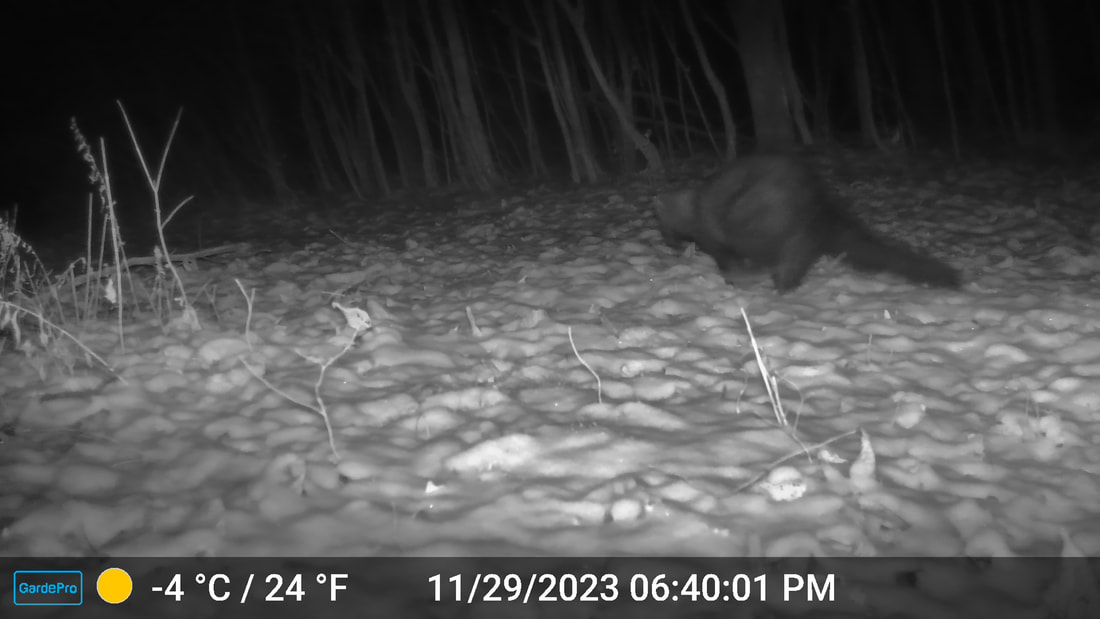
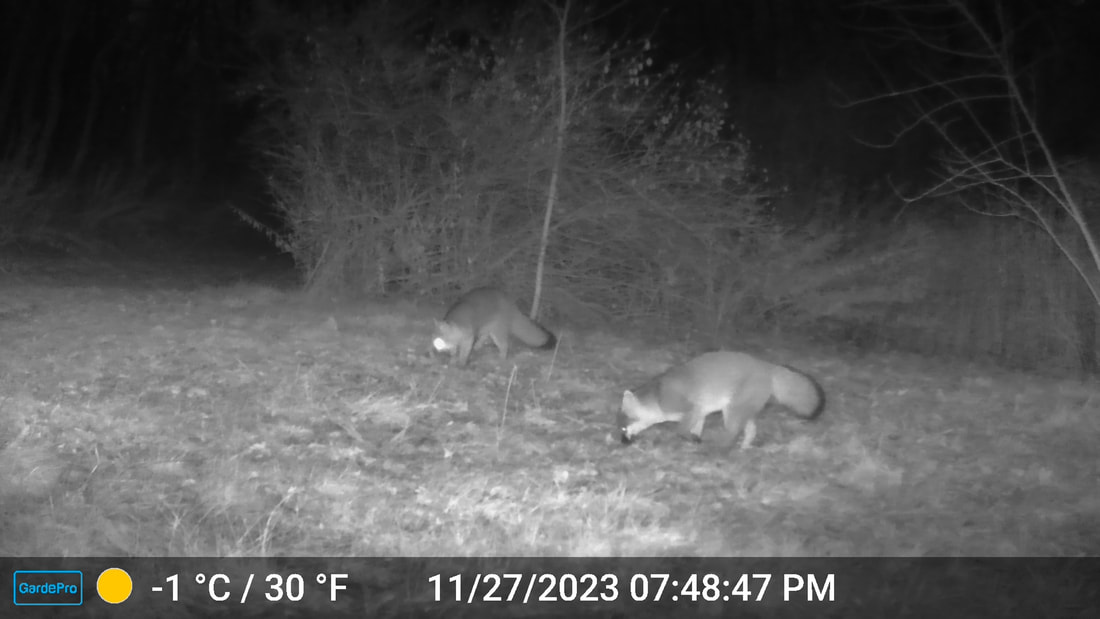
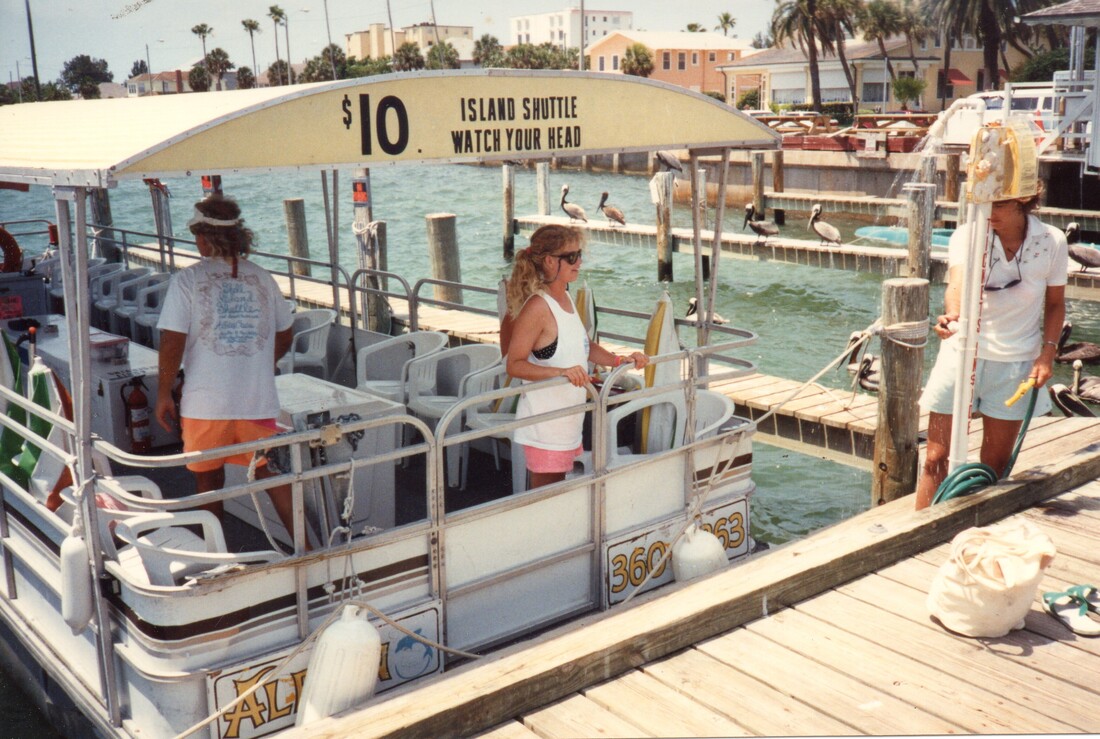
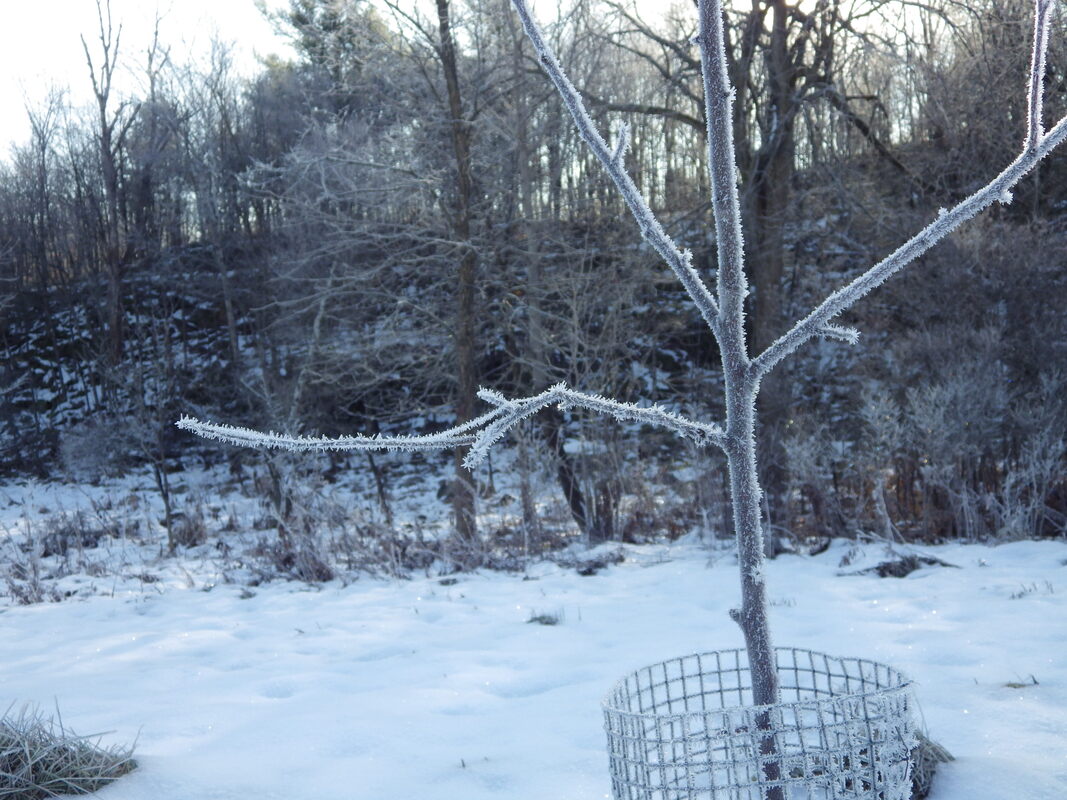
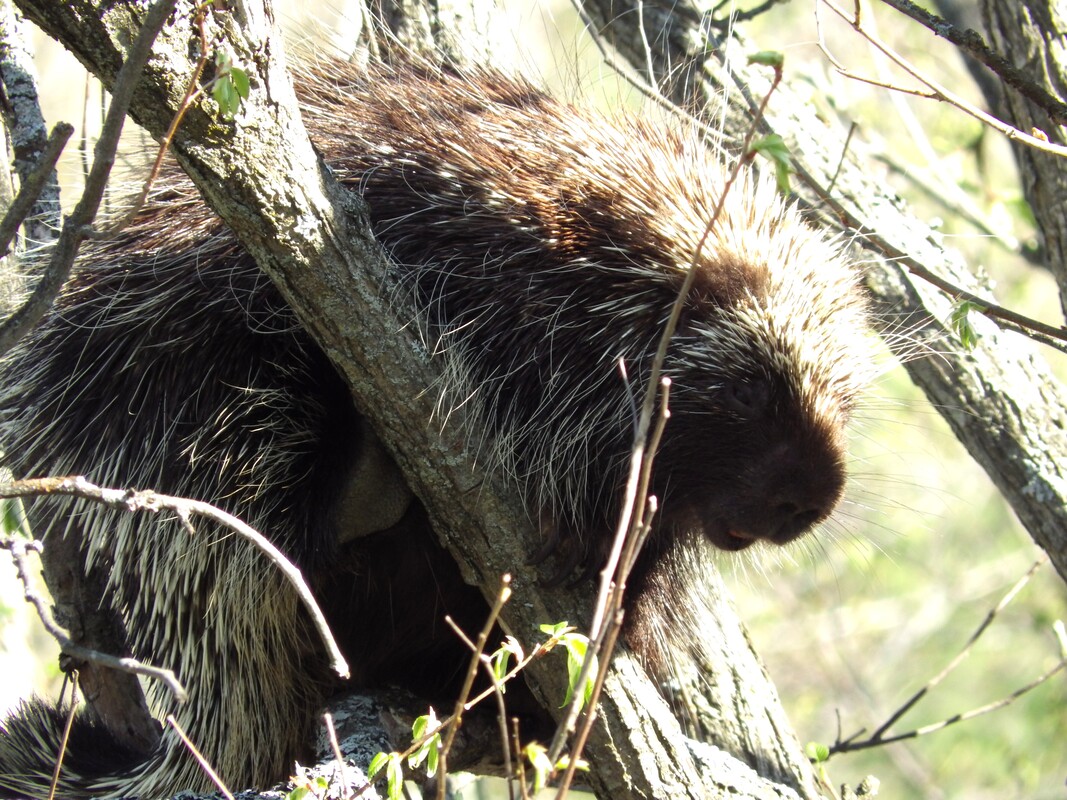
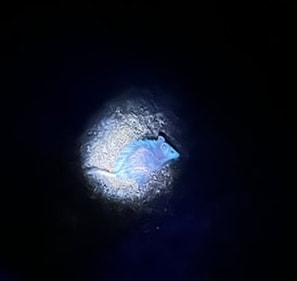
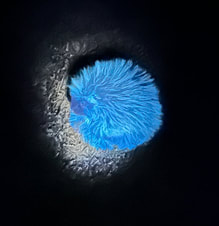
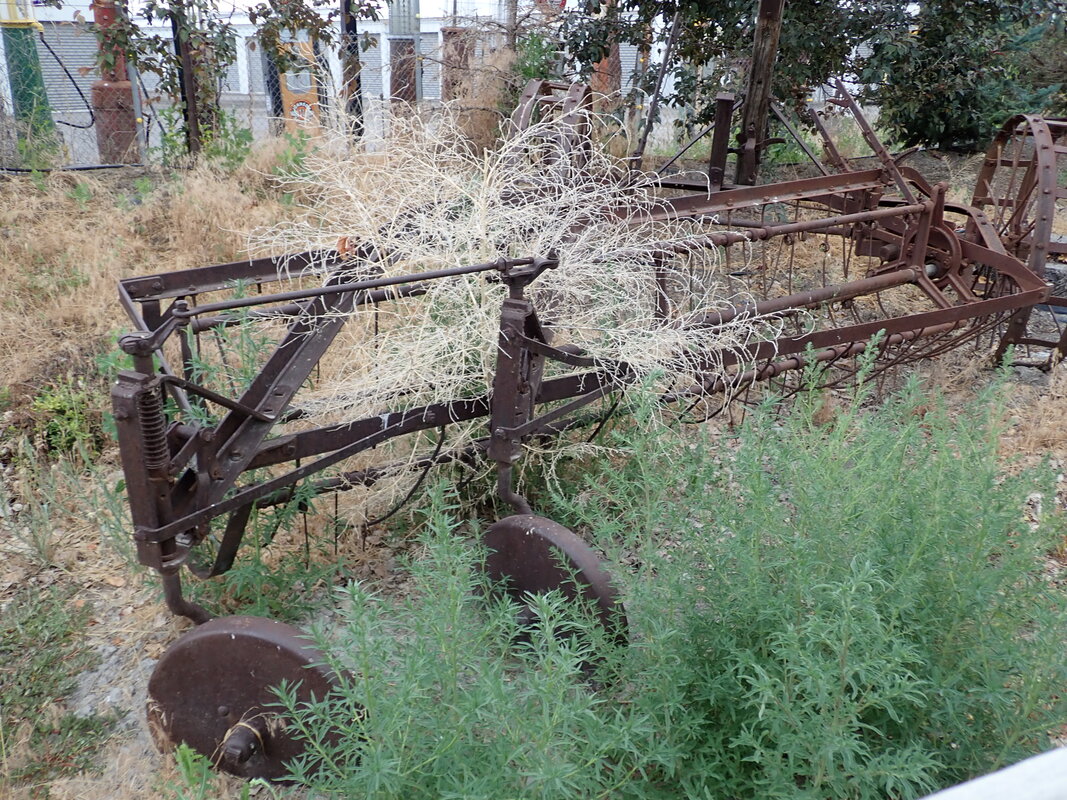
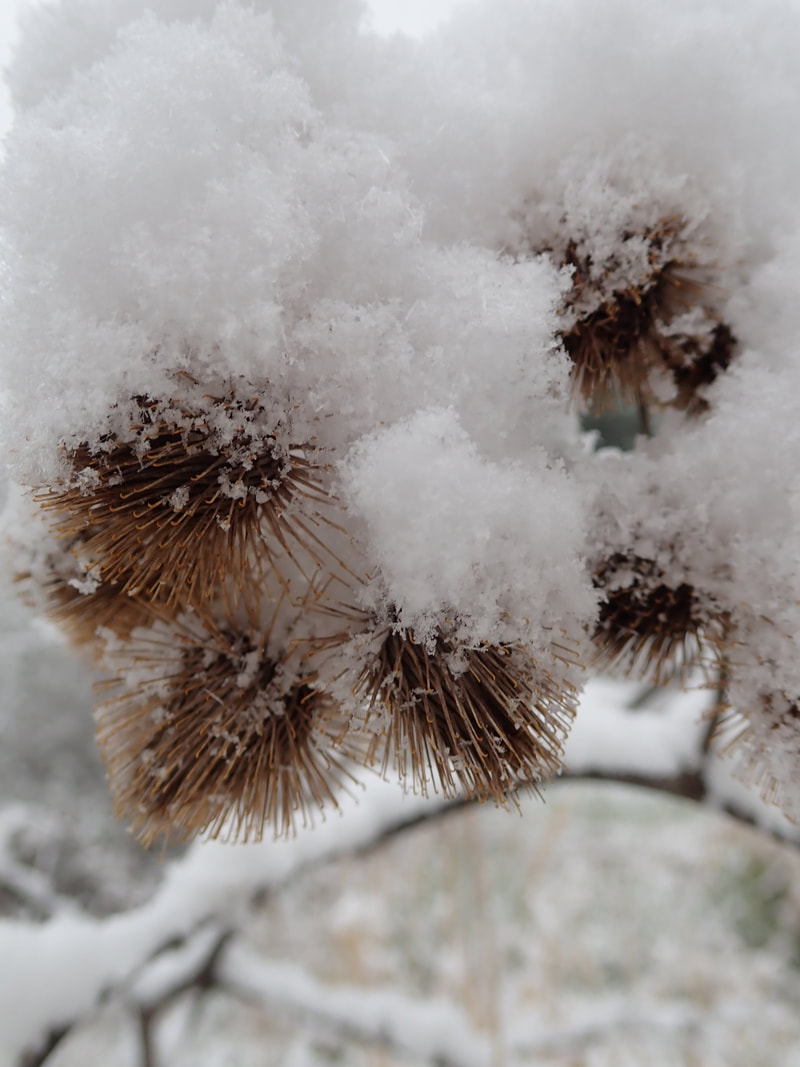
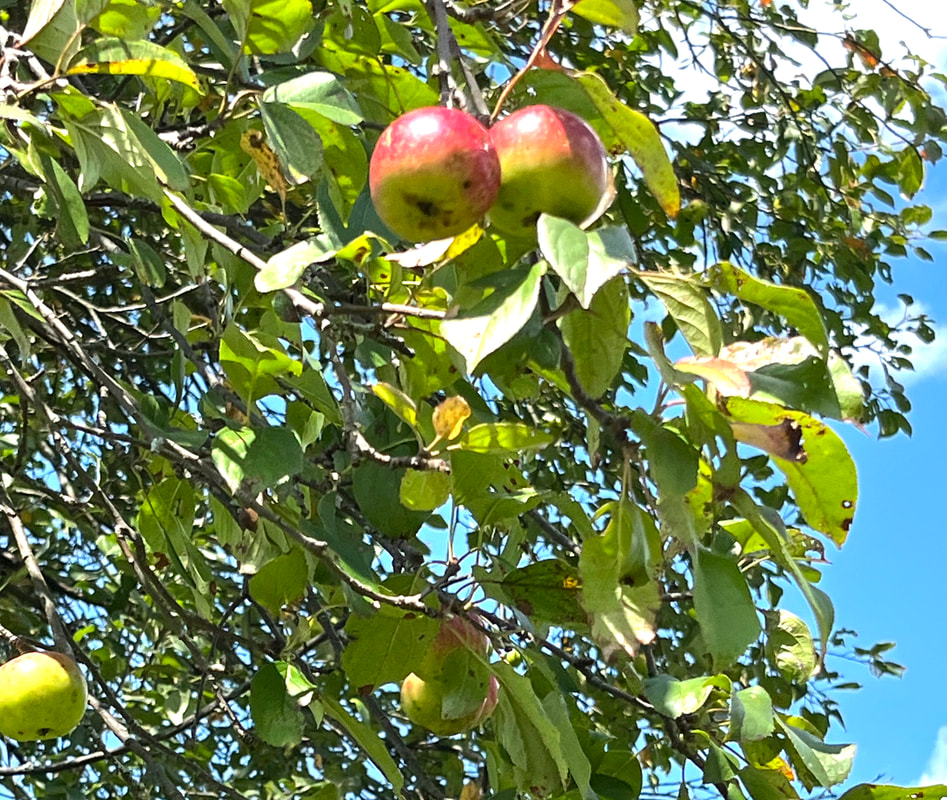
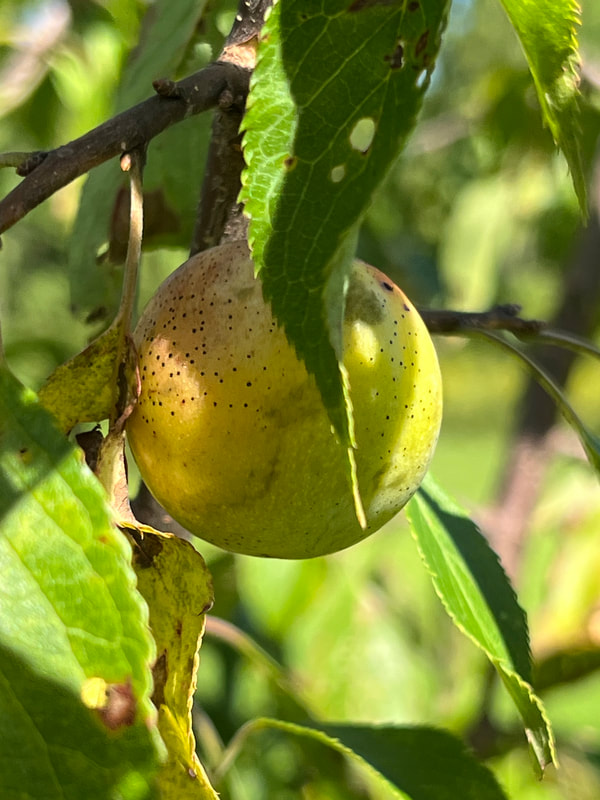
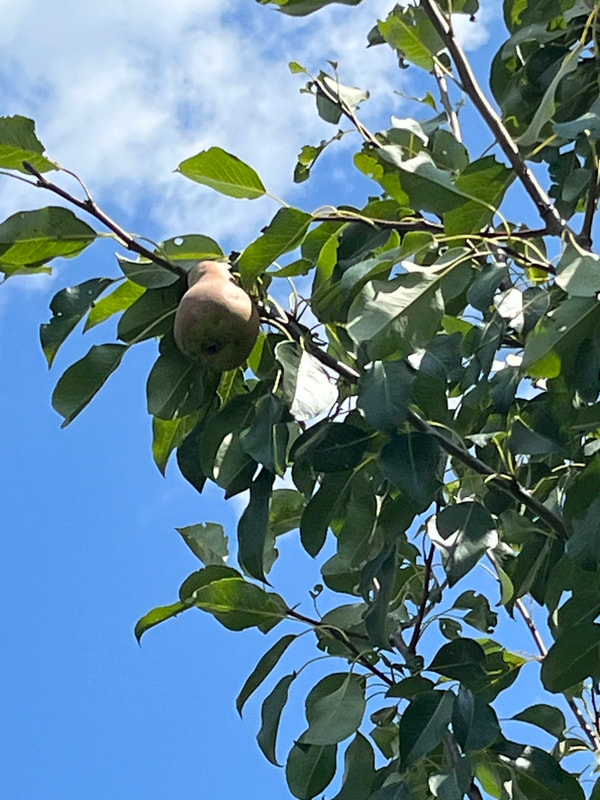

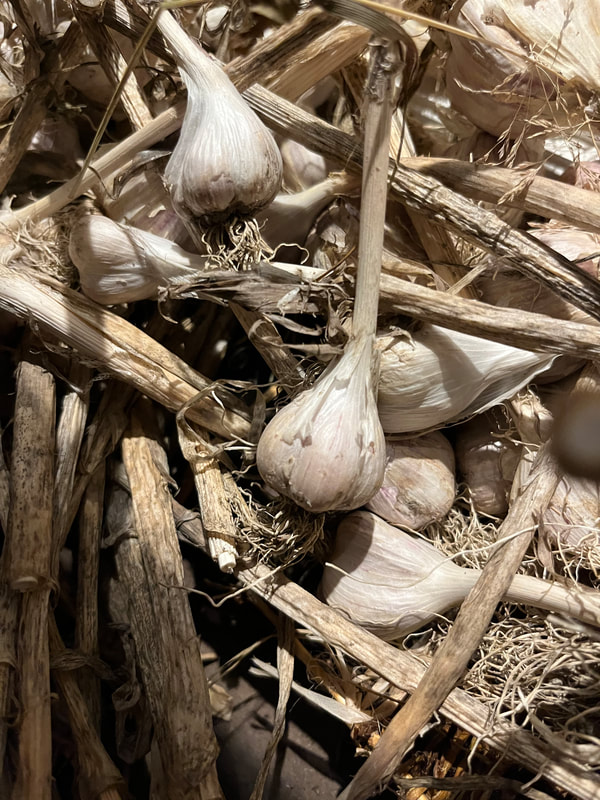
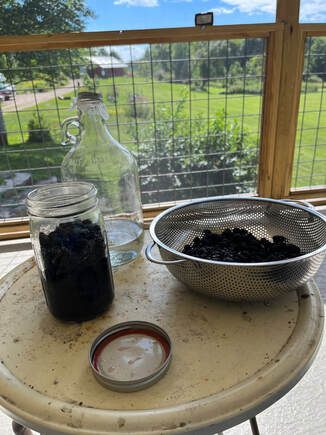
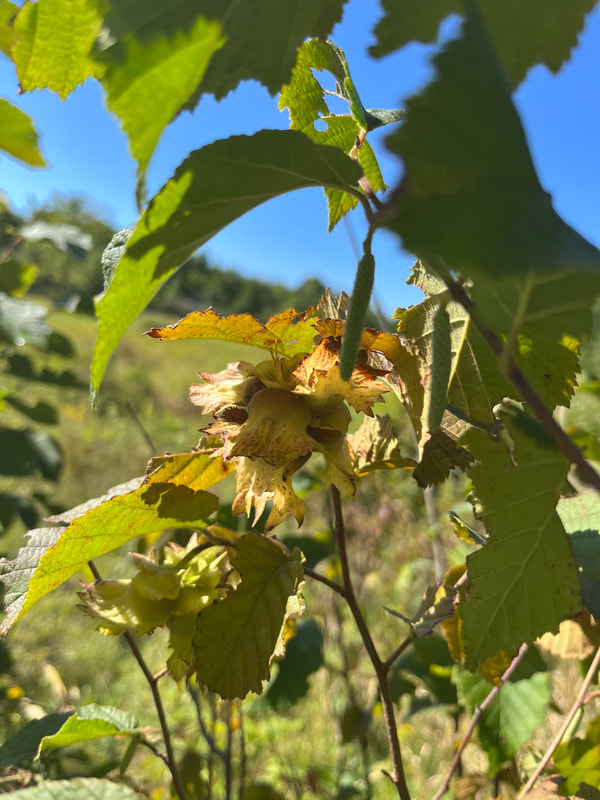
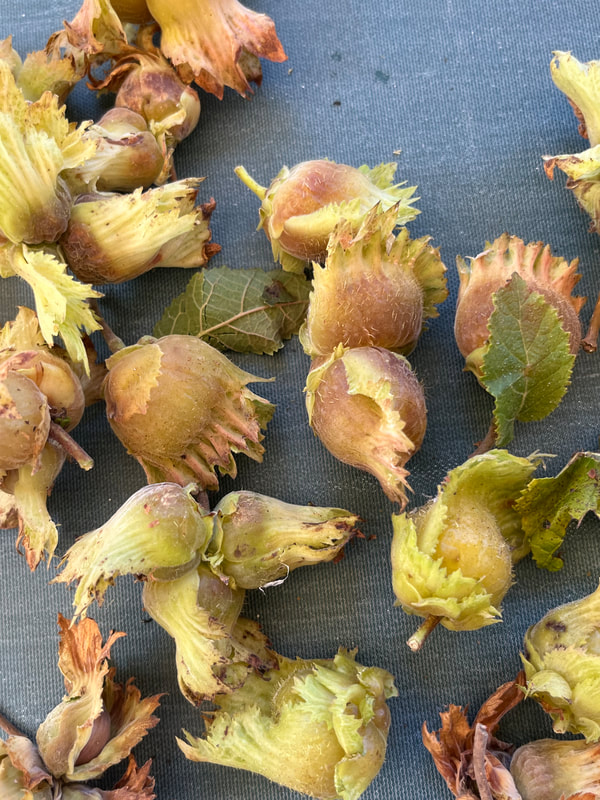
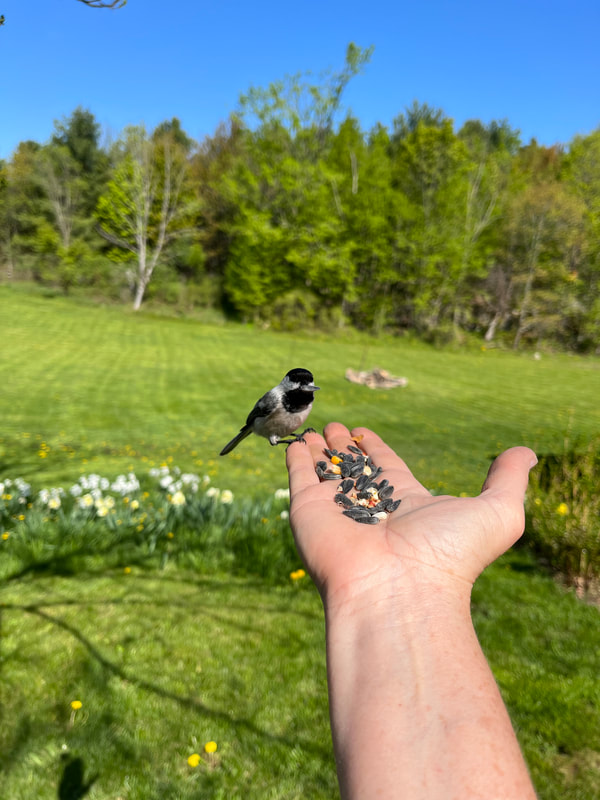
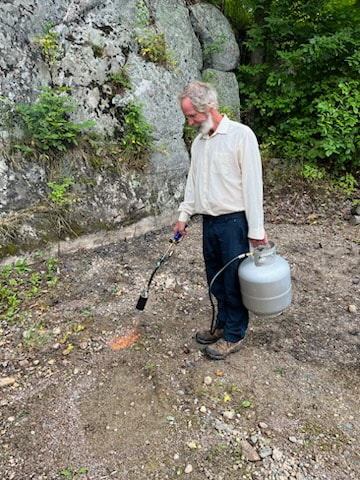
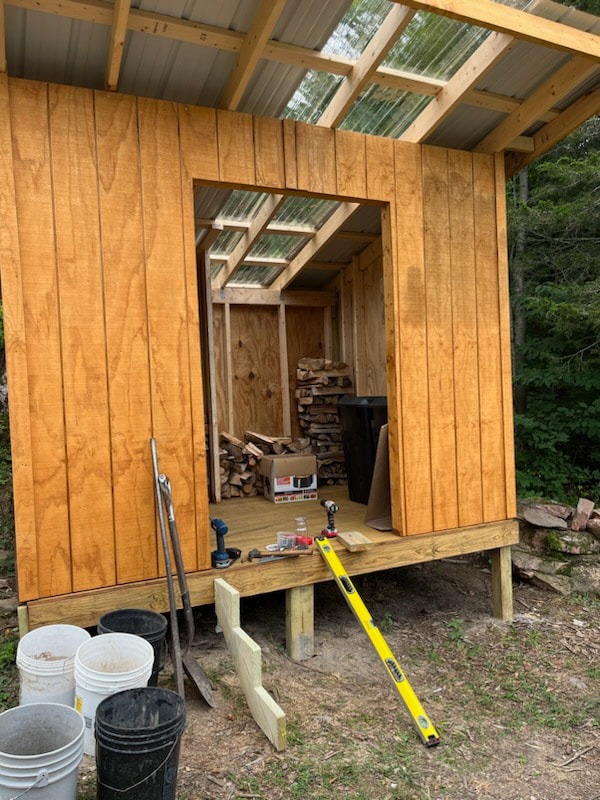
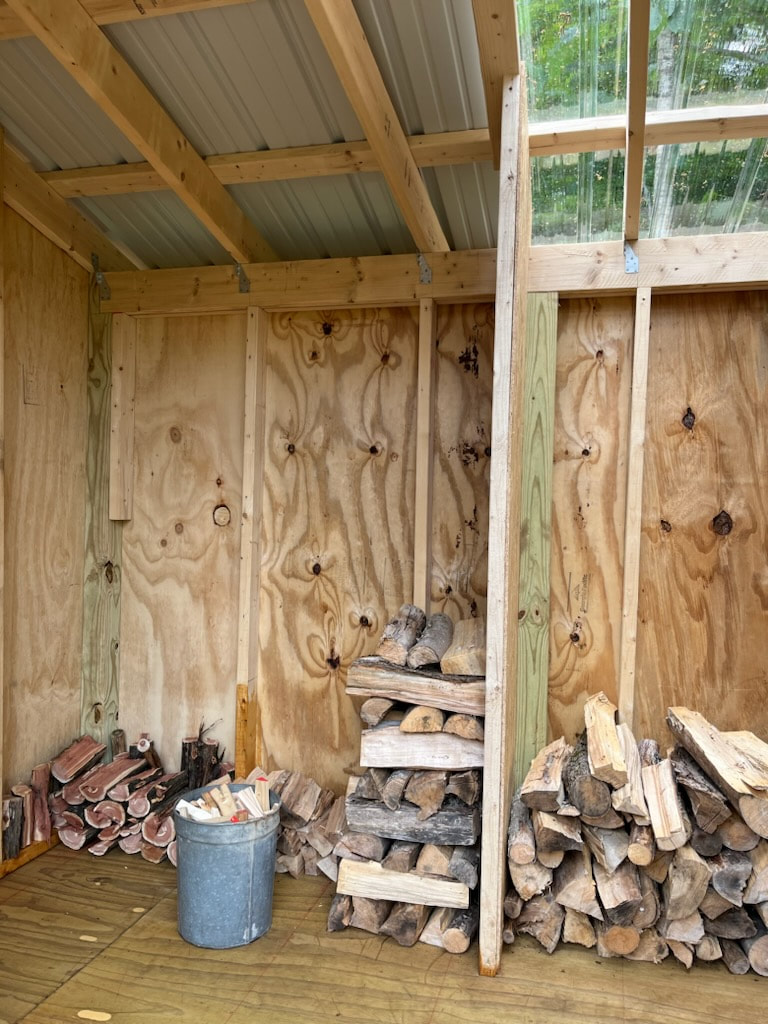
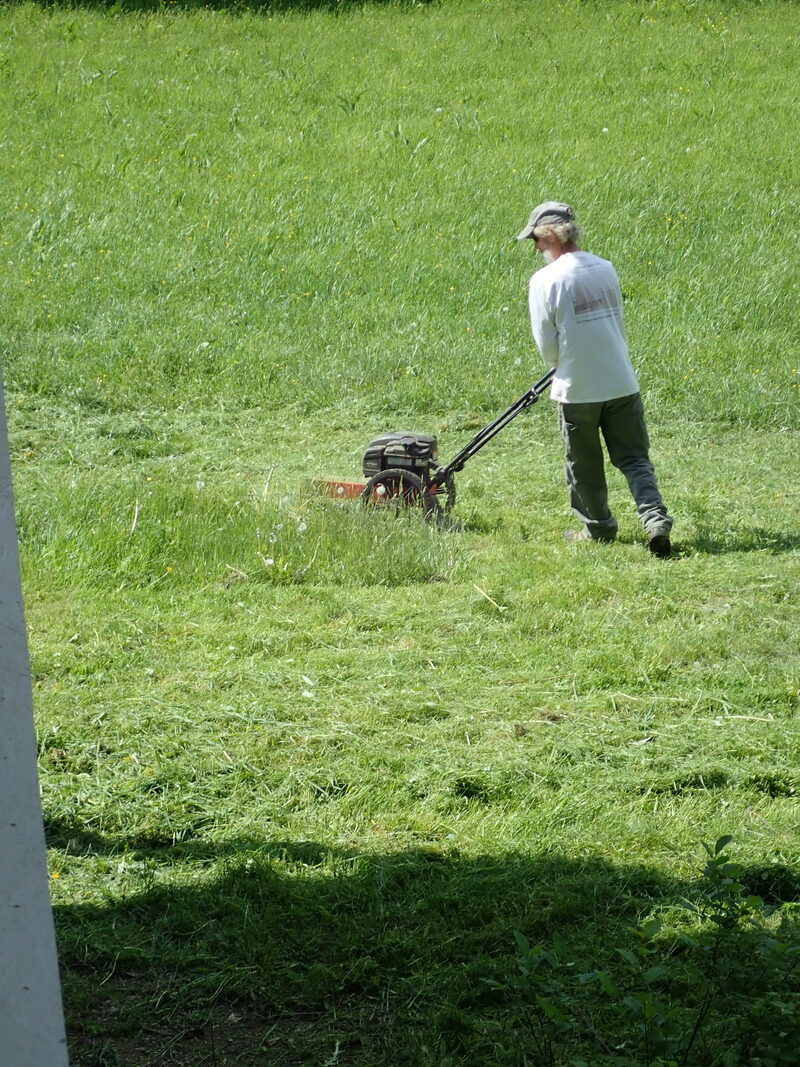
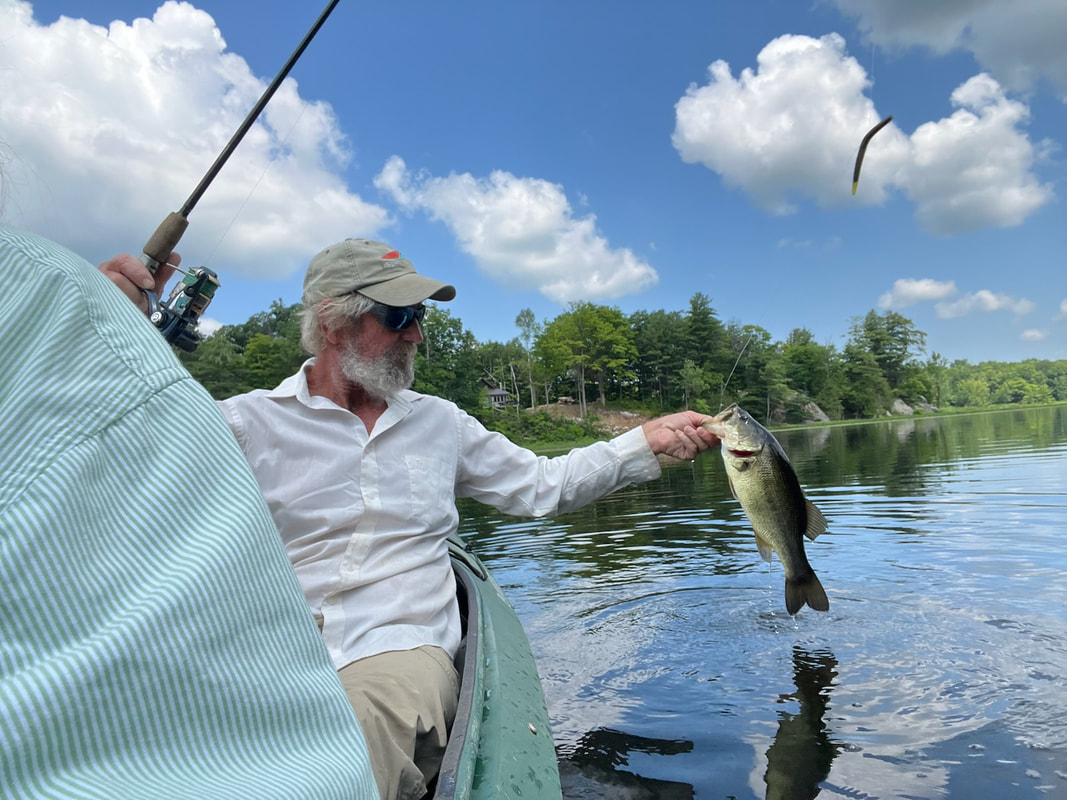
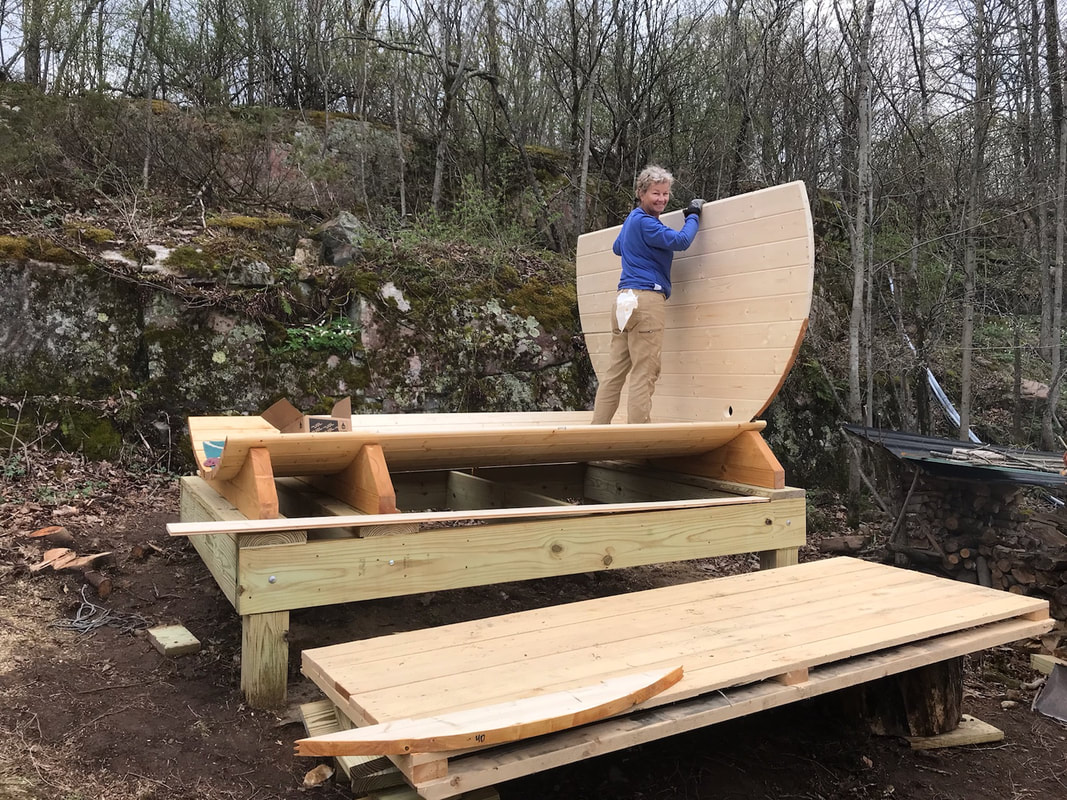
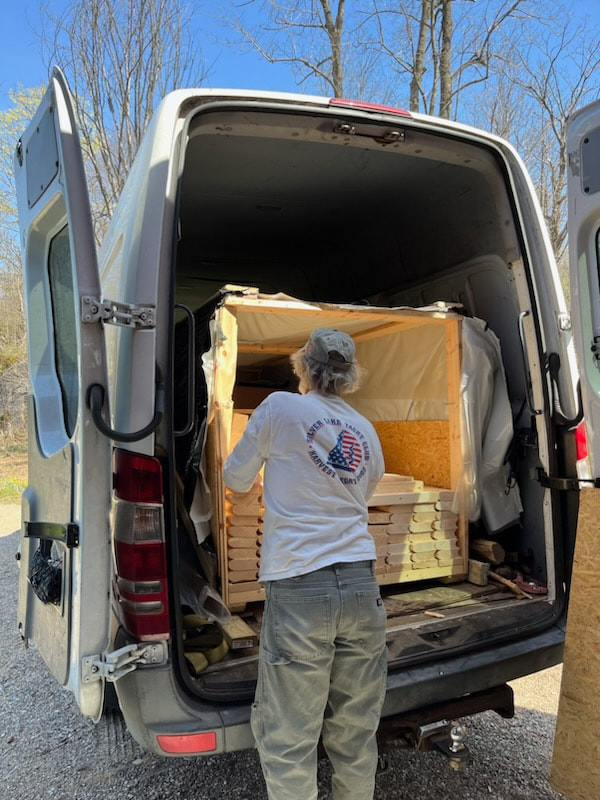
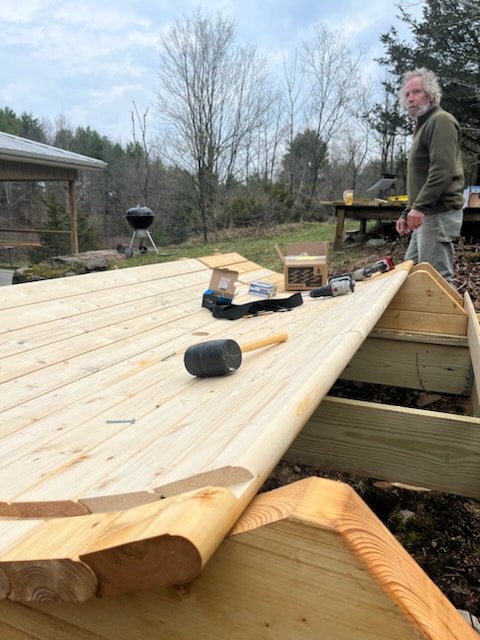
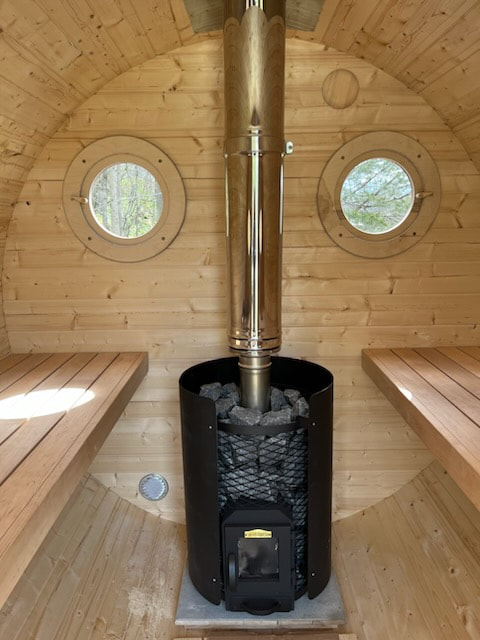
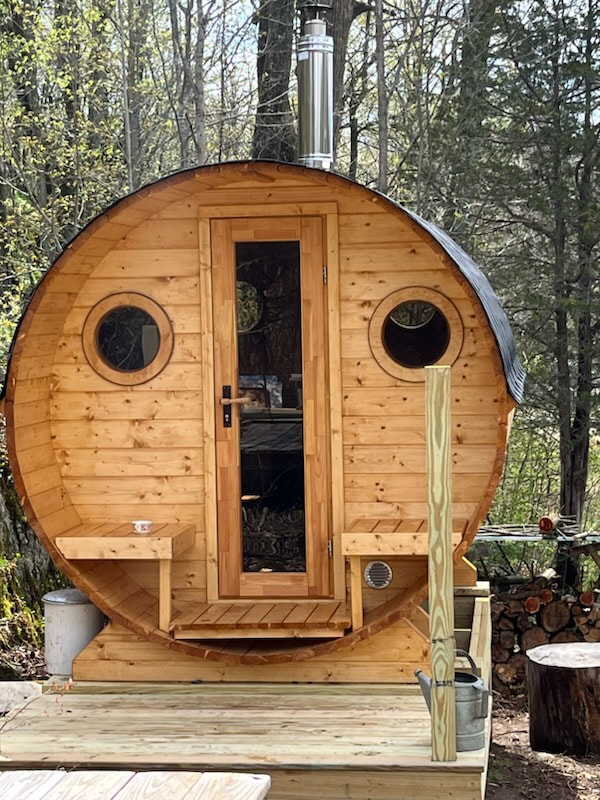
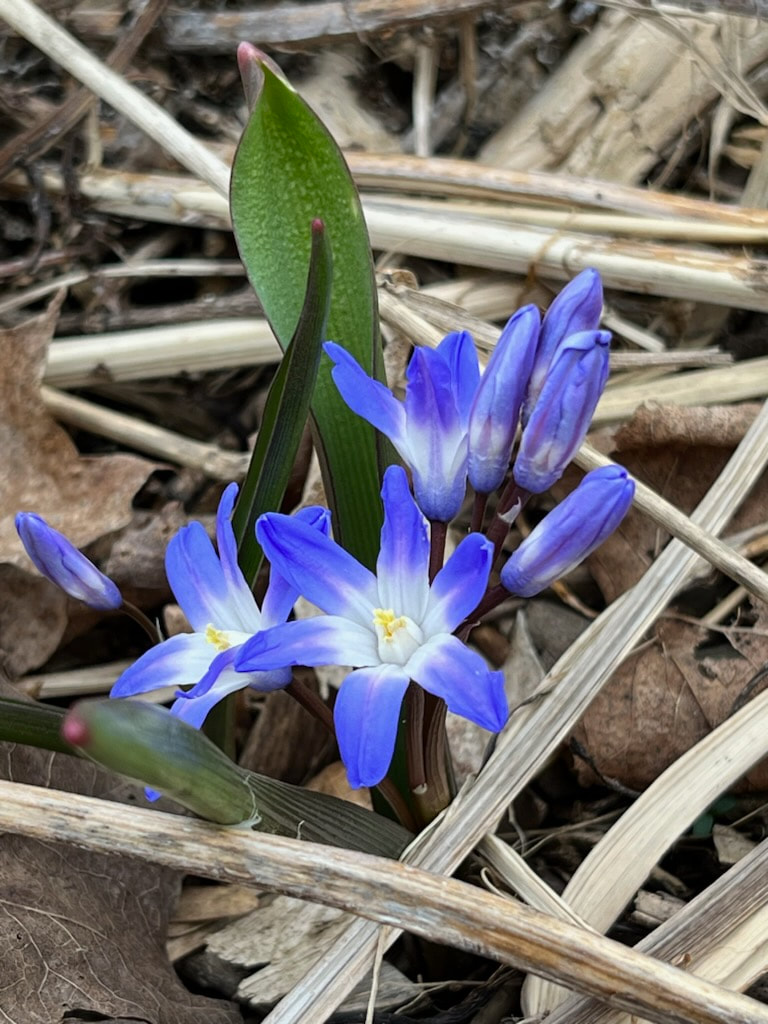
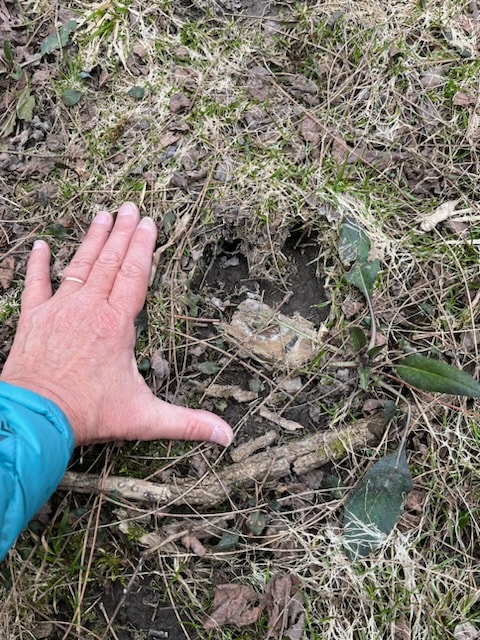
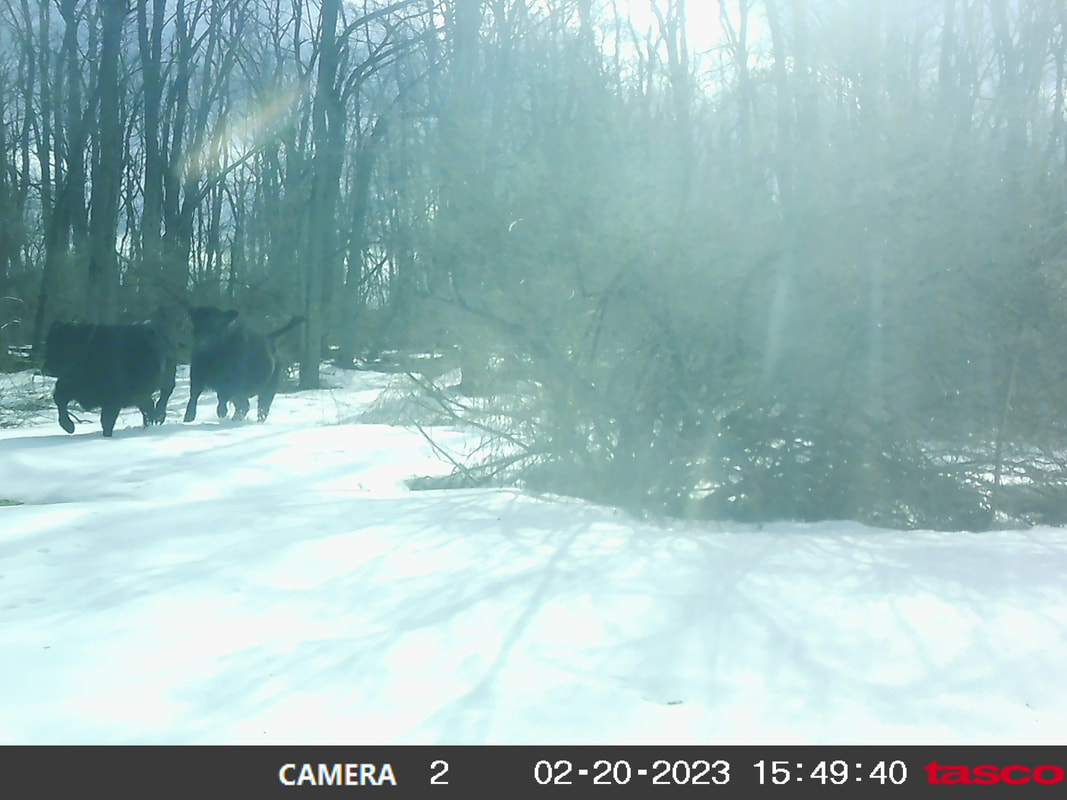
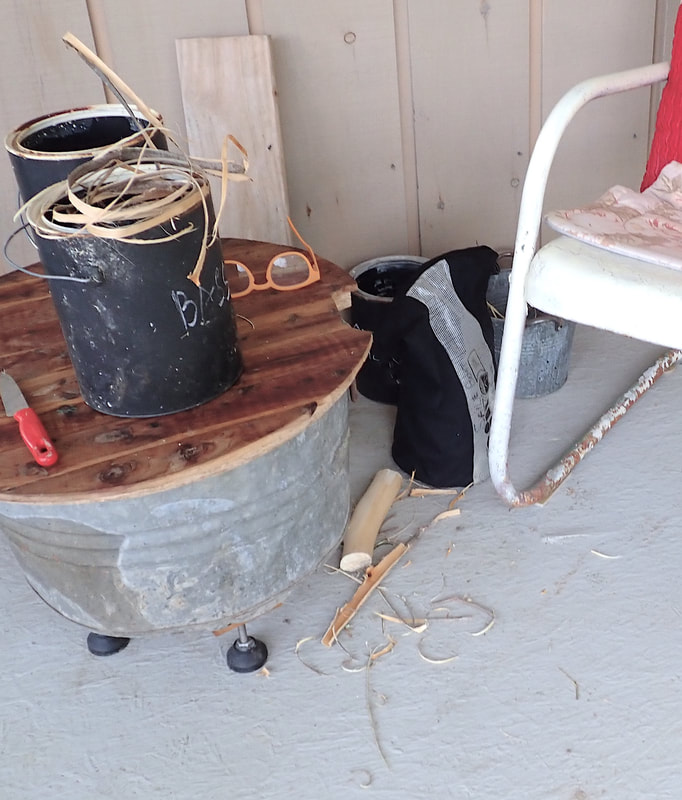
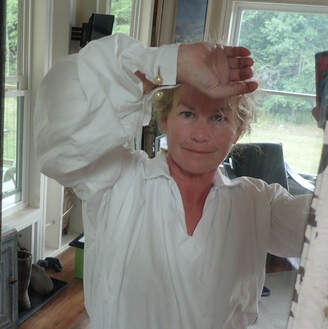
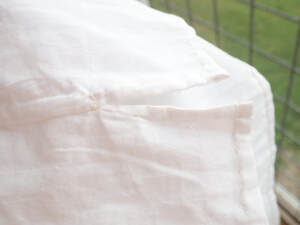
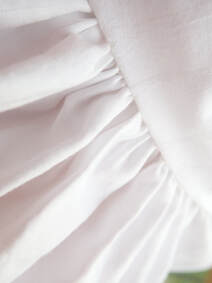
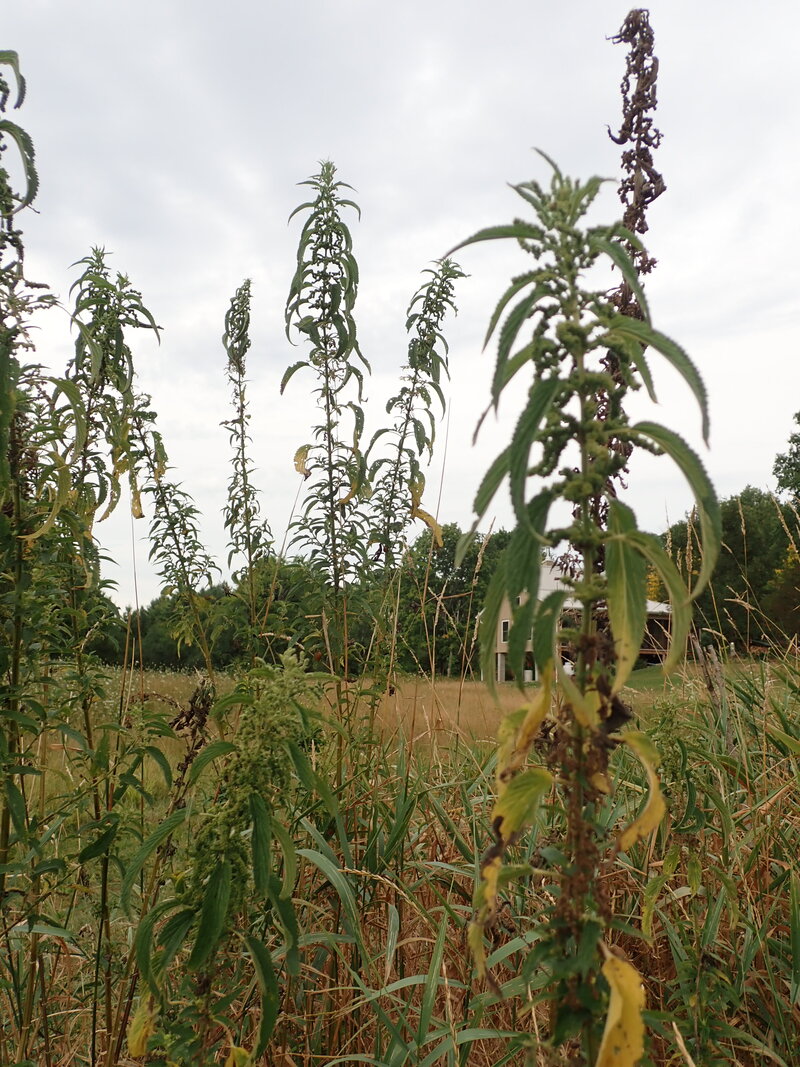
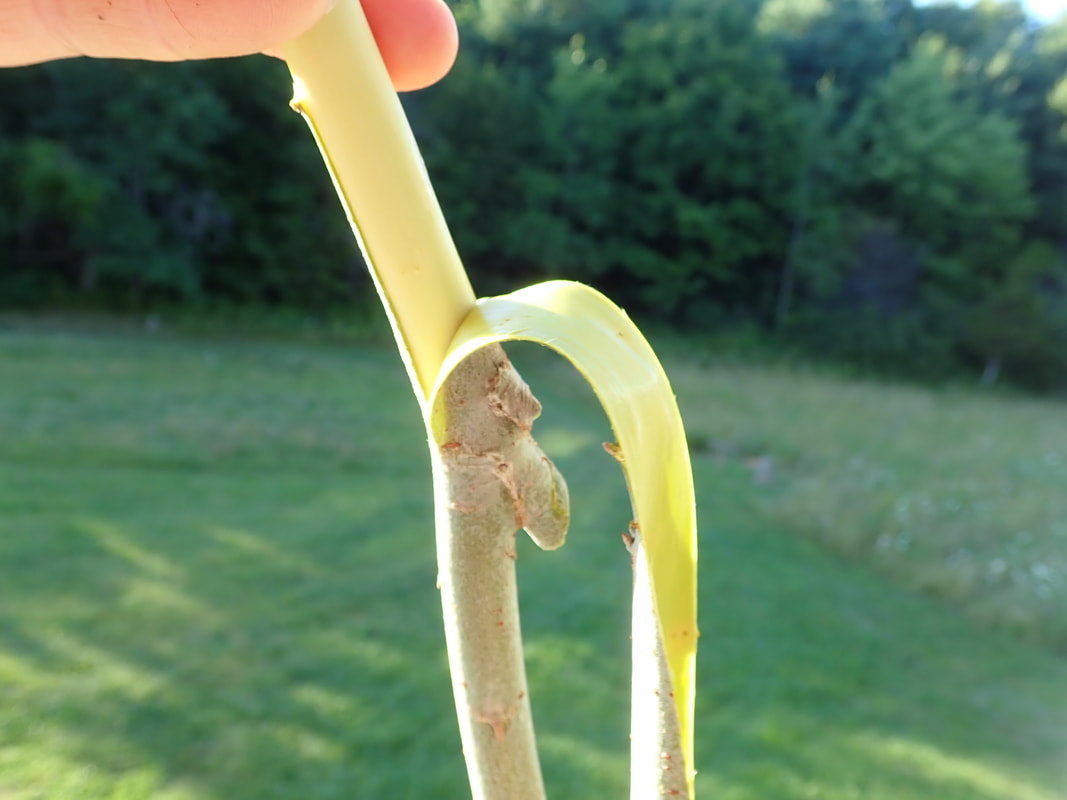
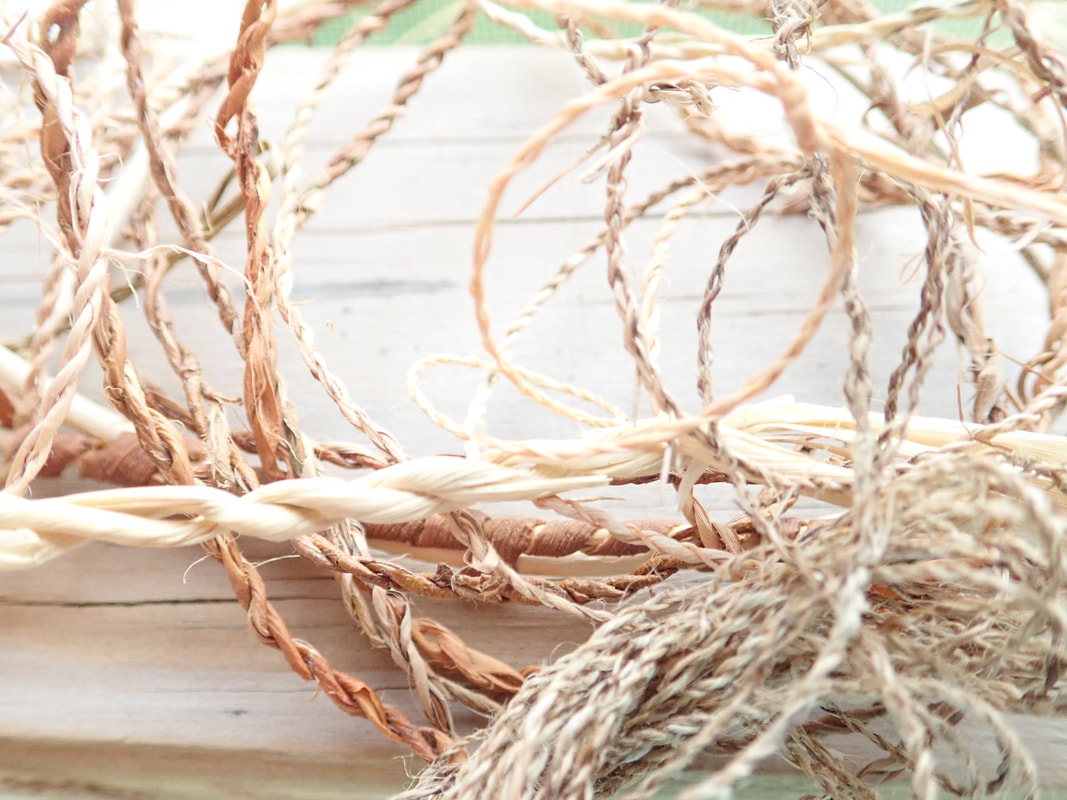
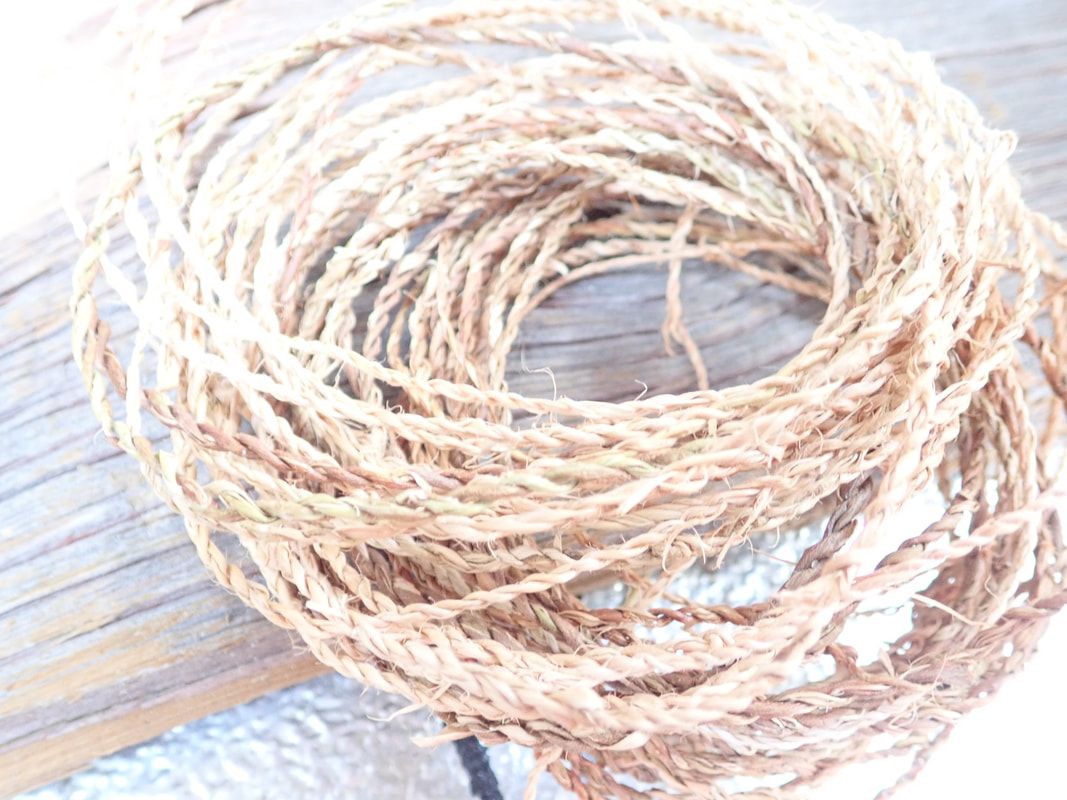
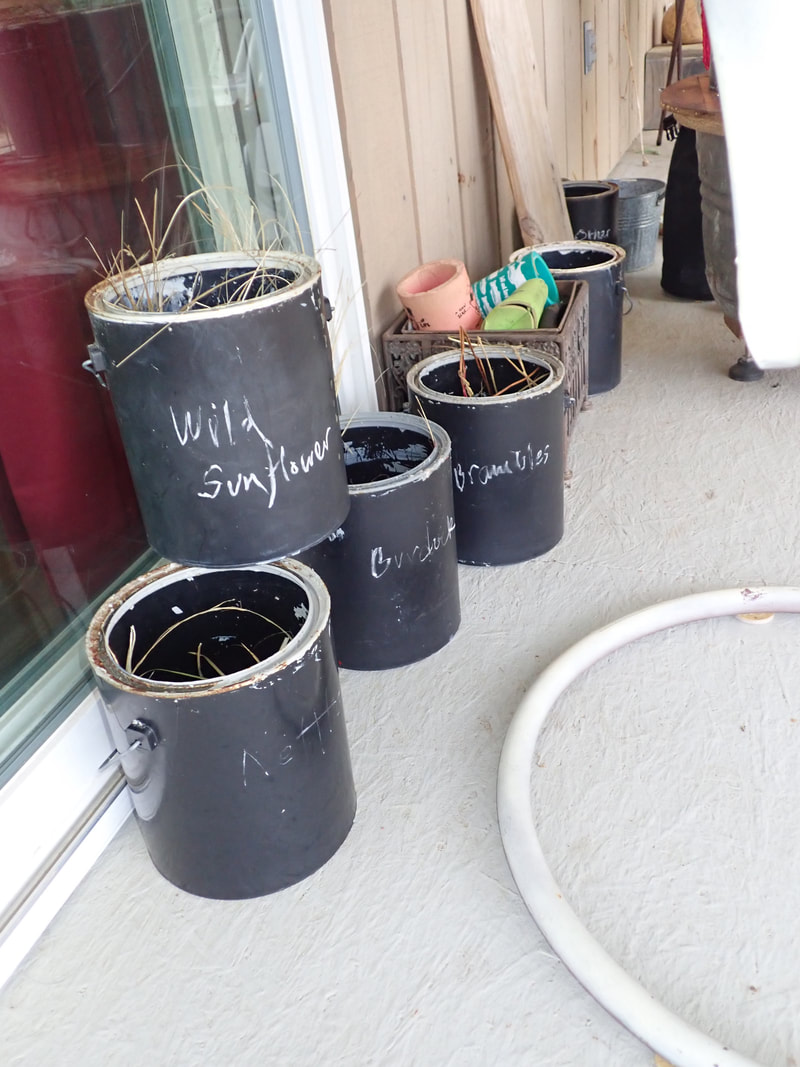
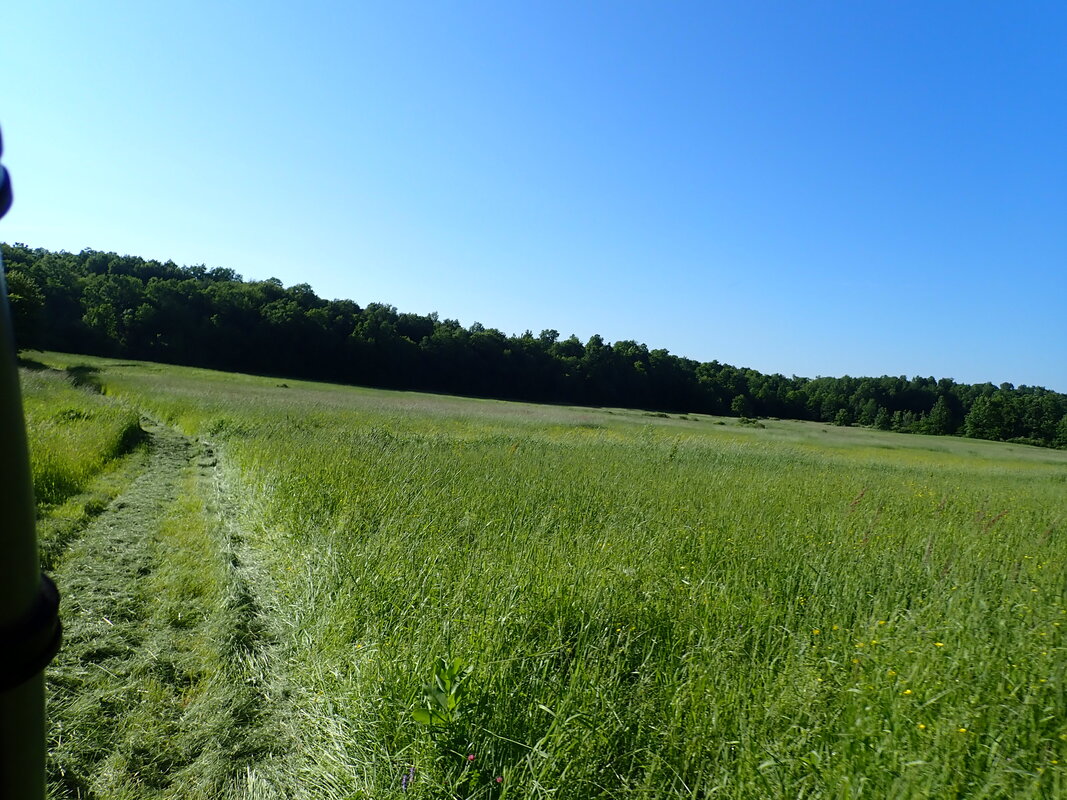
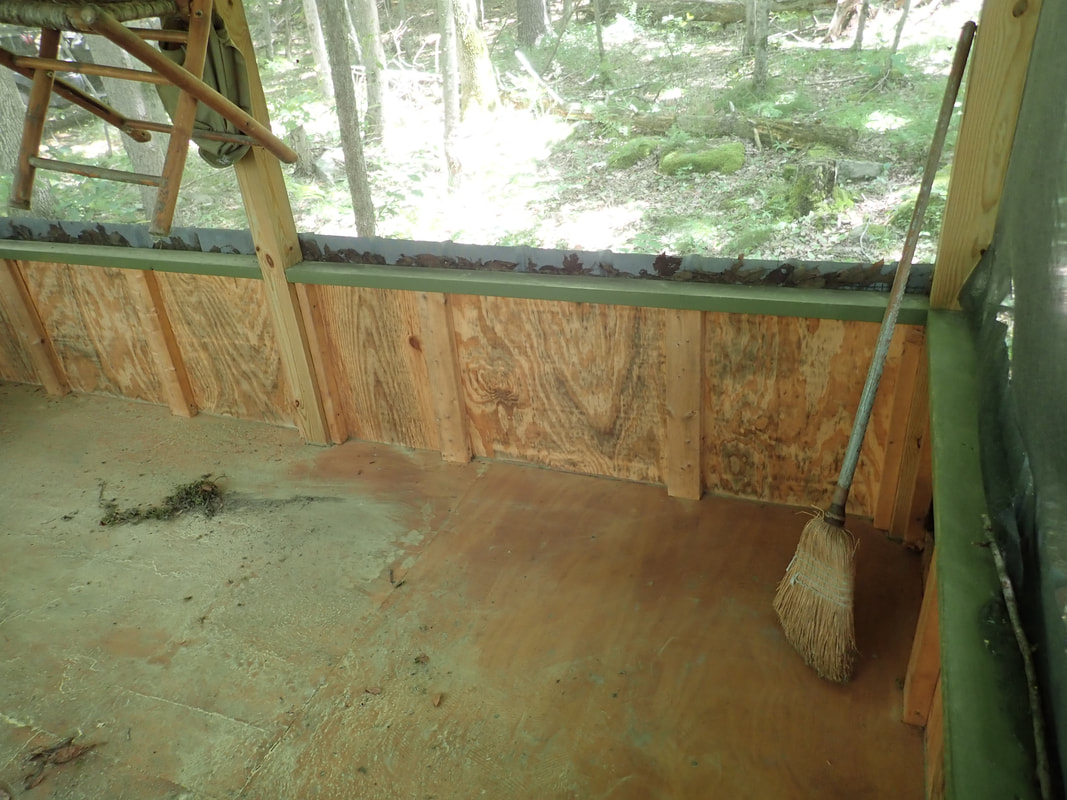
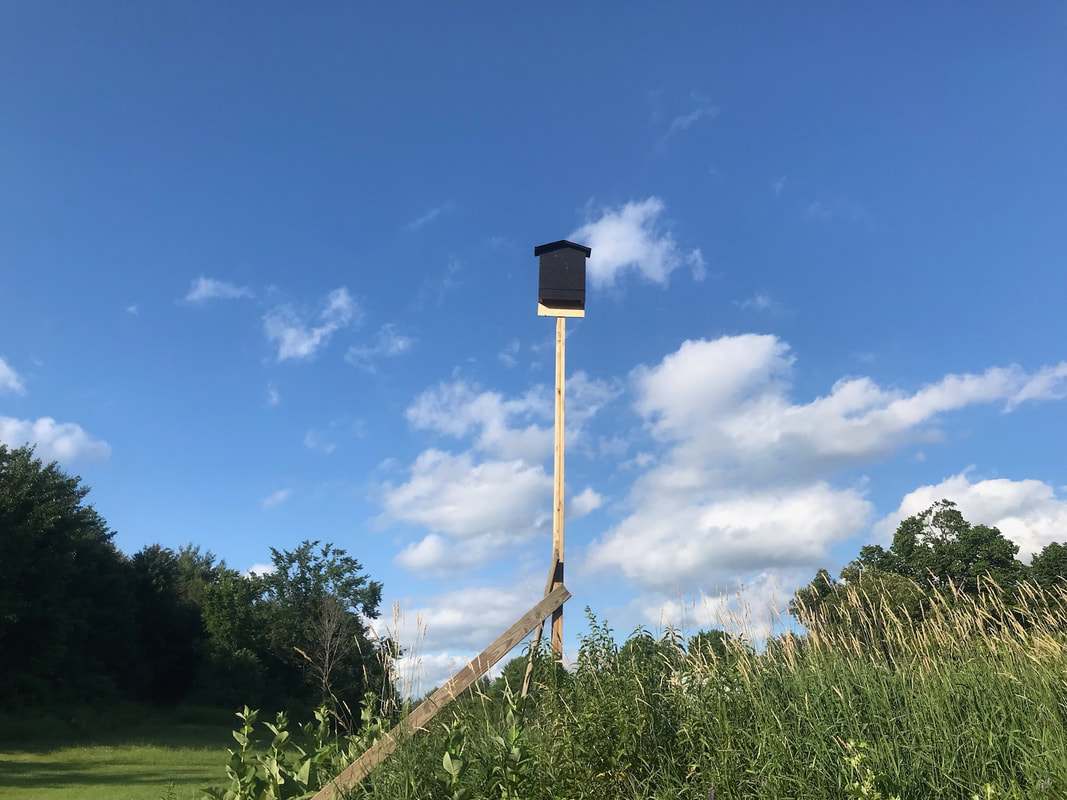
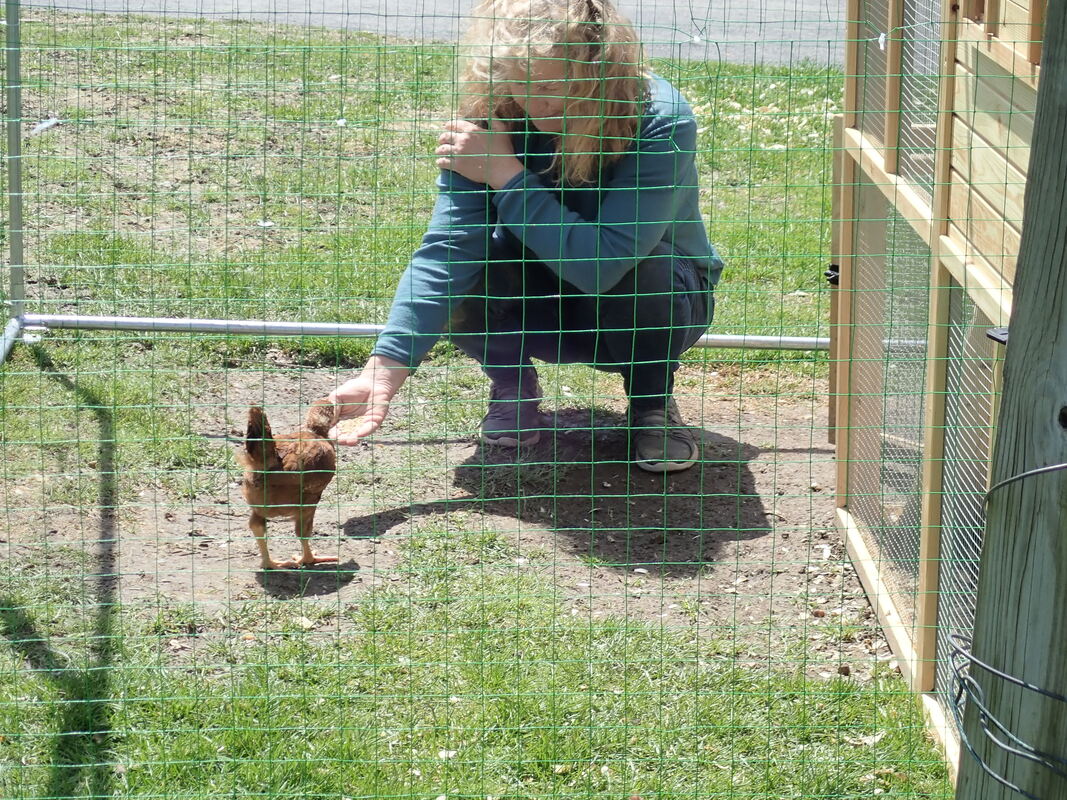
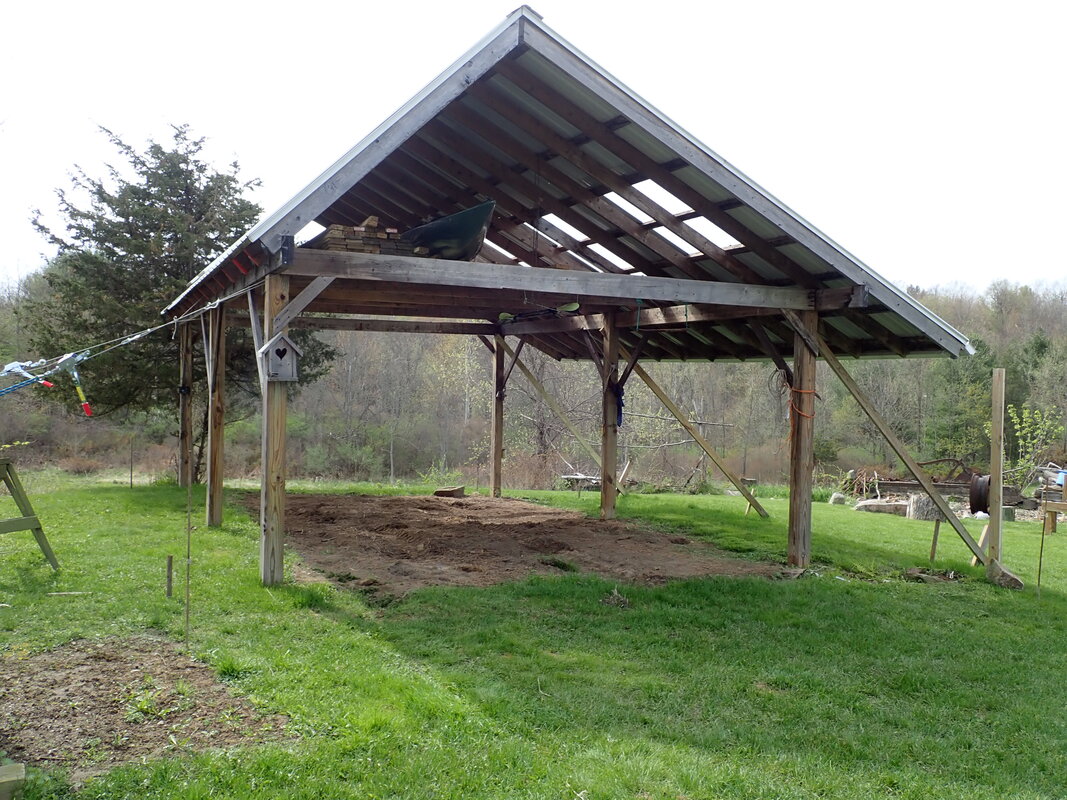
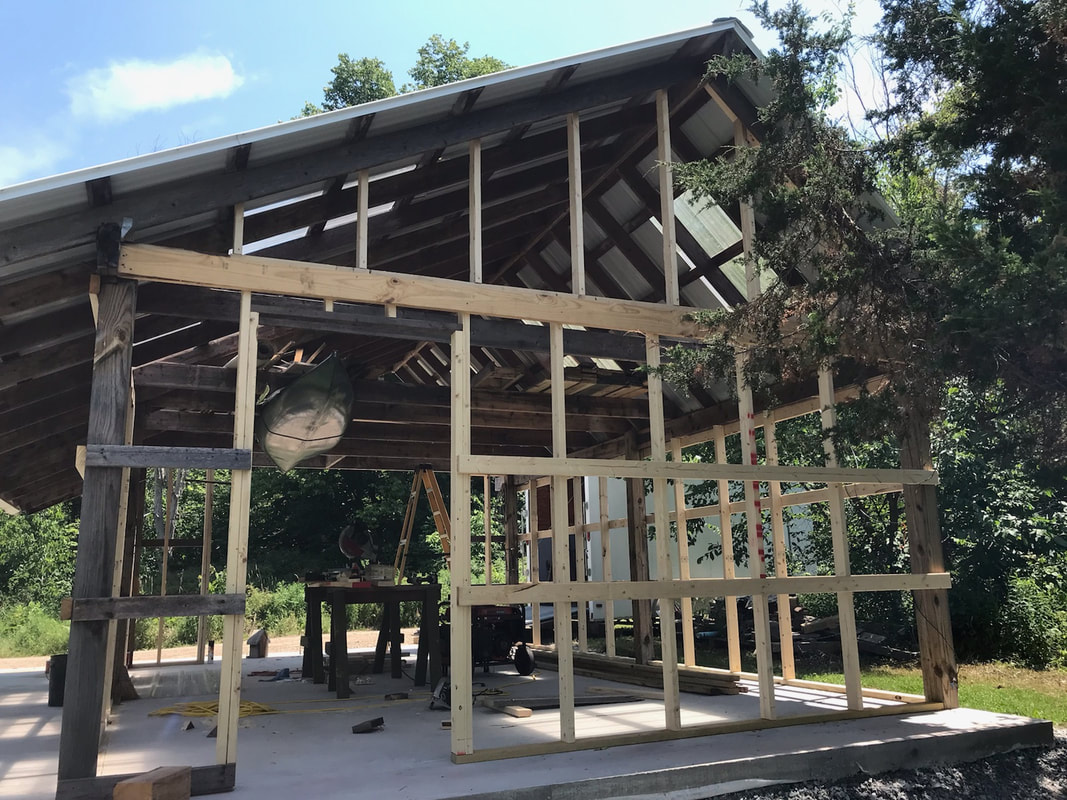
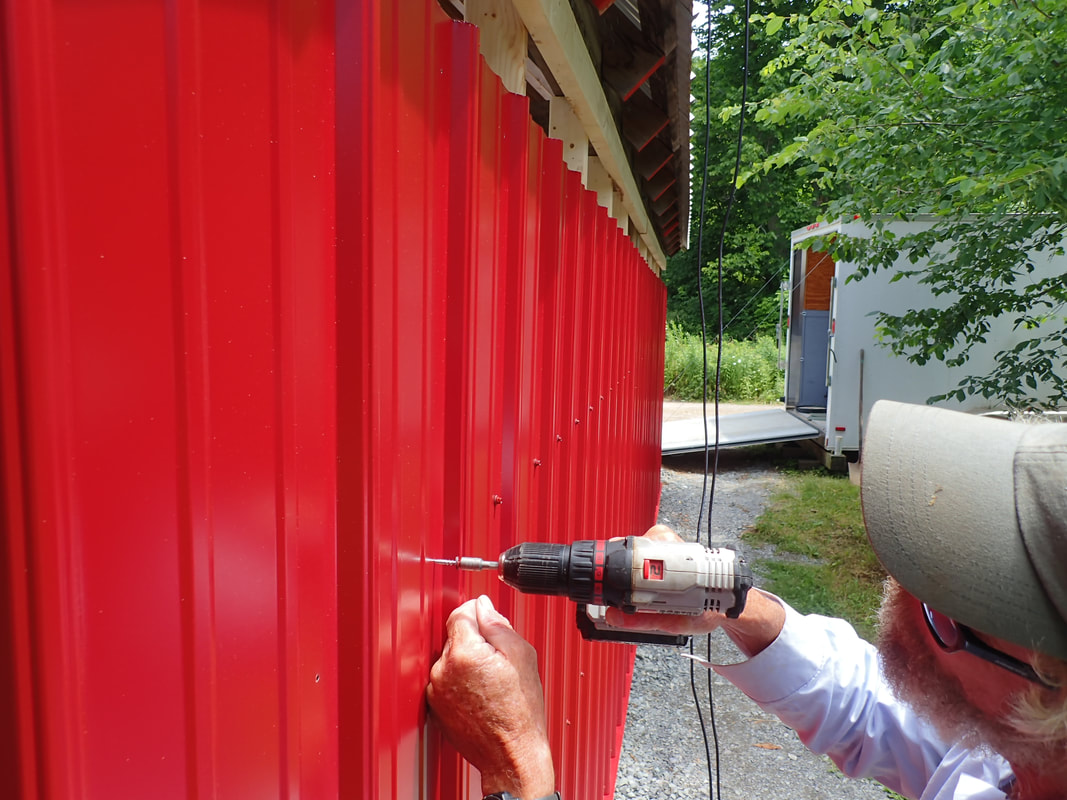
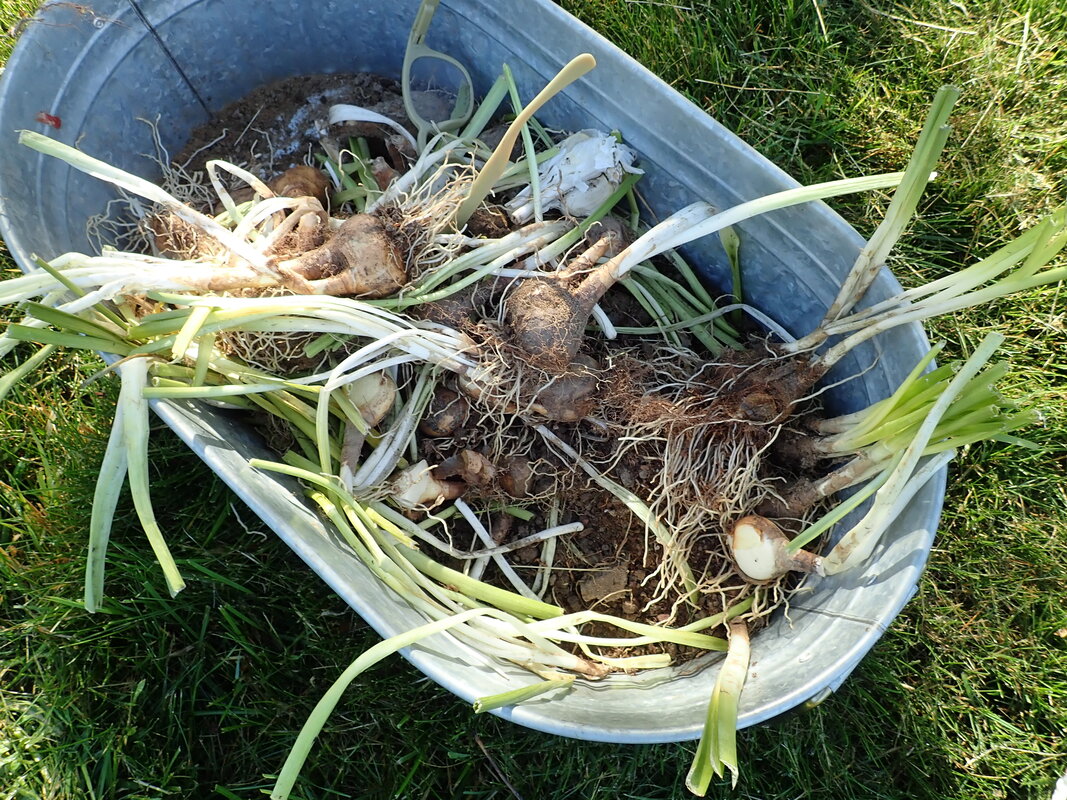
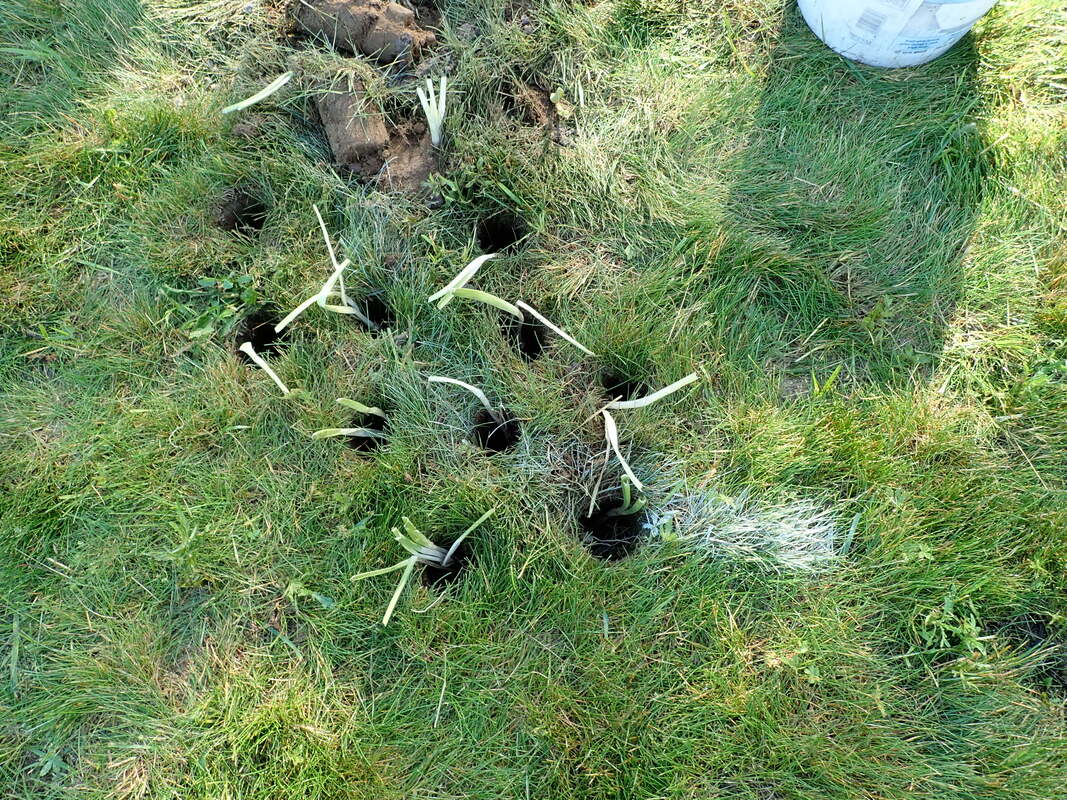
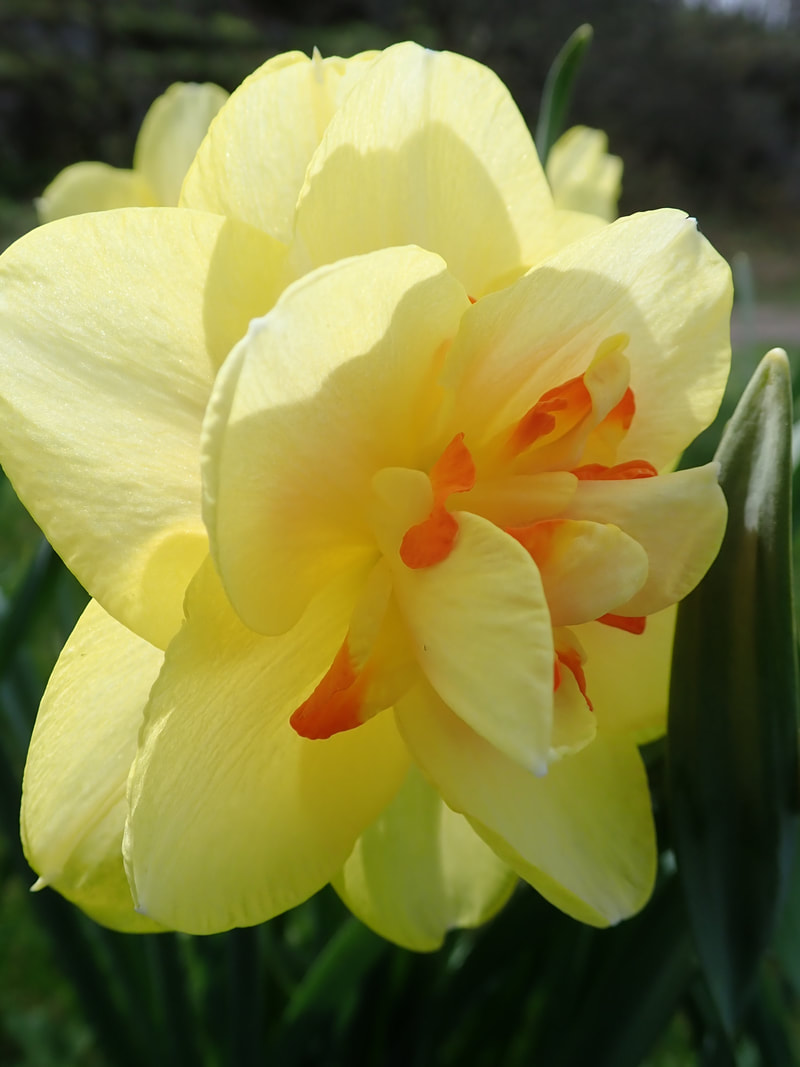
 RSS Feed
RSS Feed
